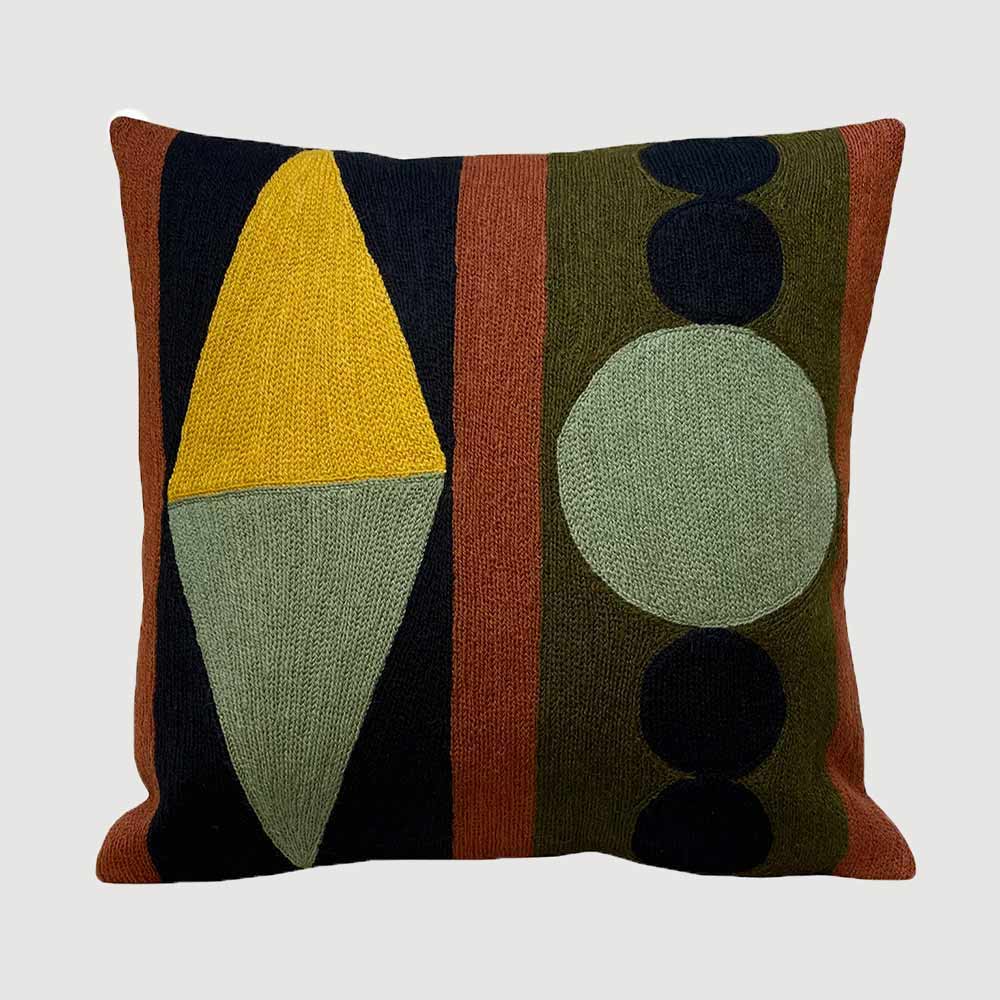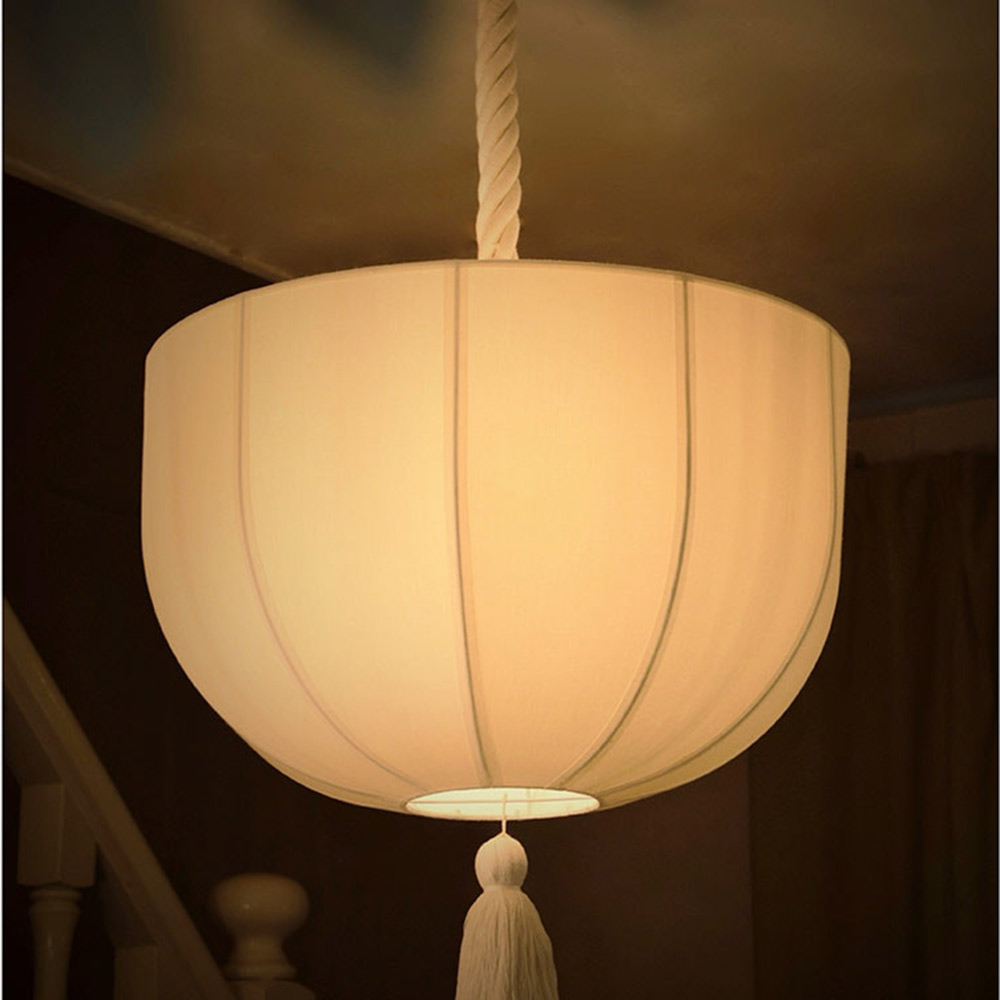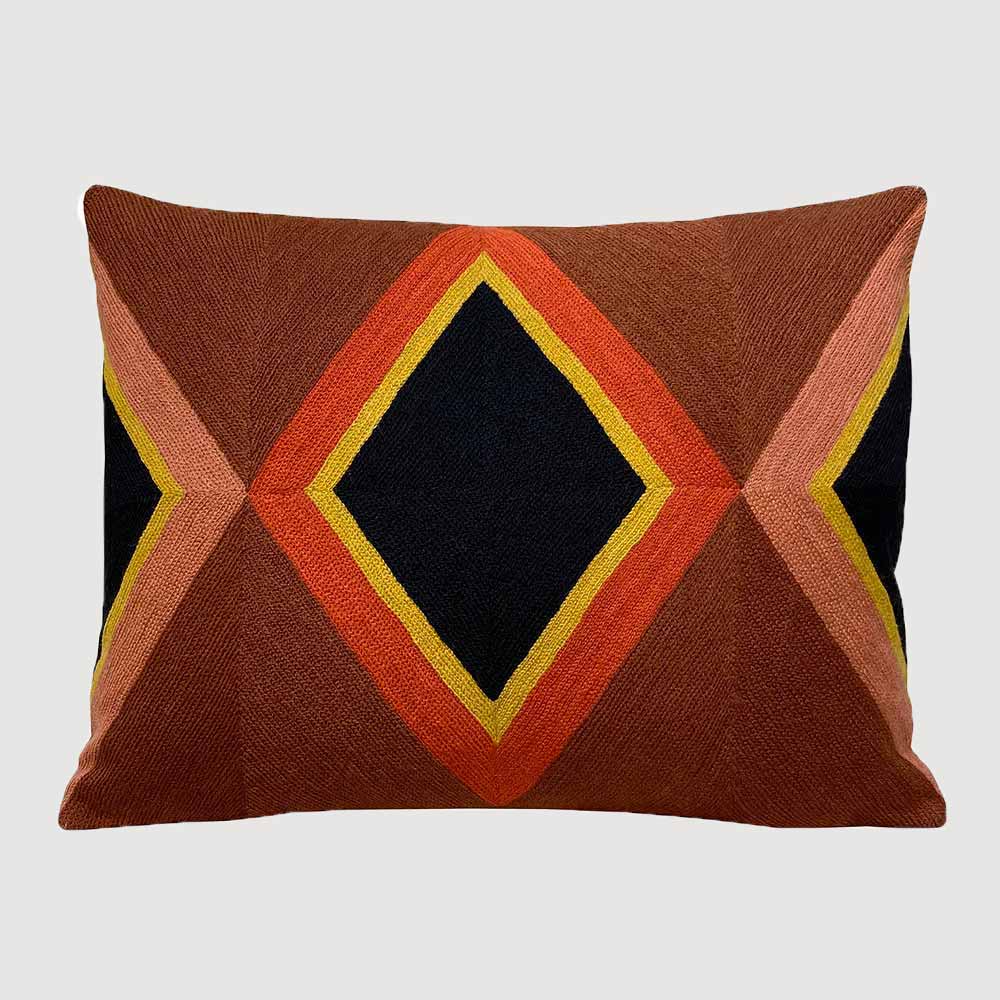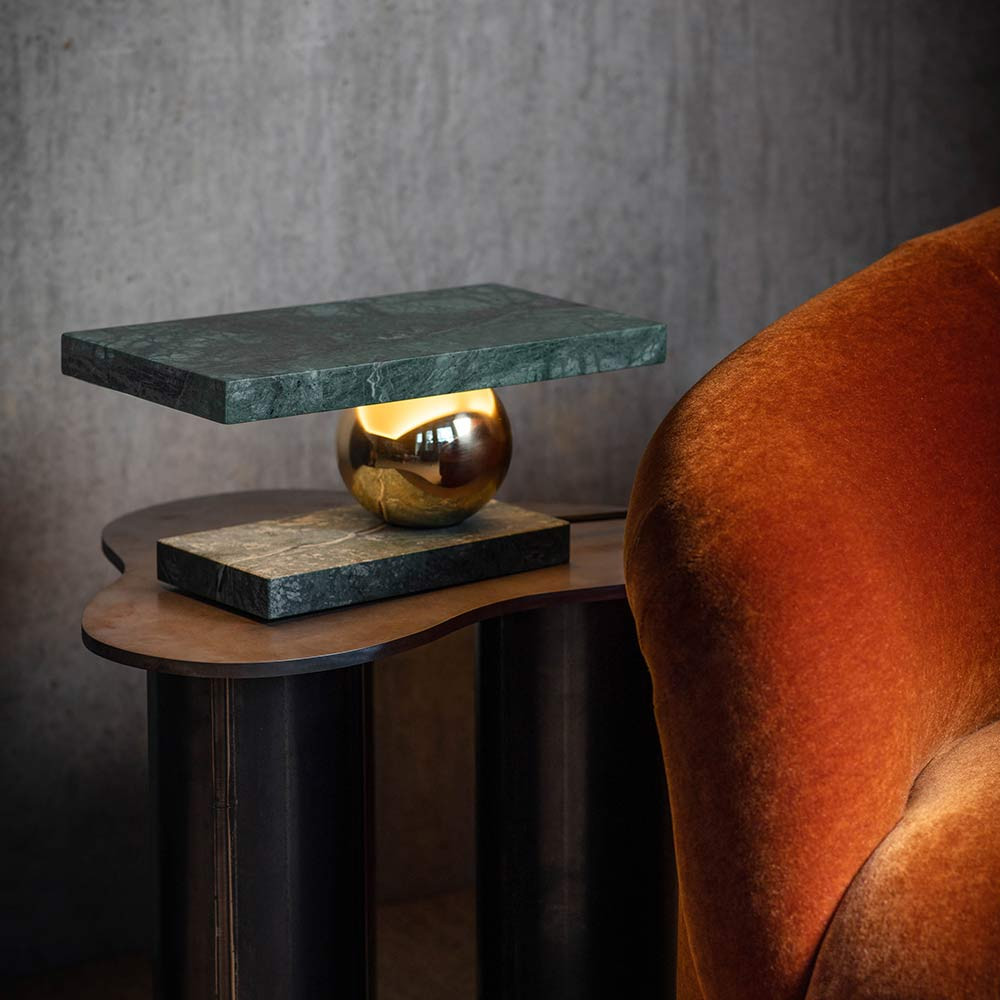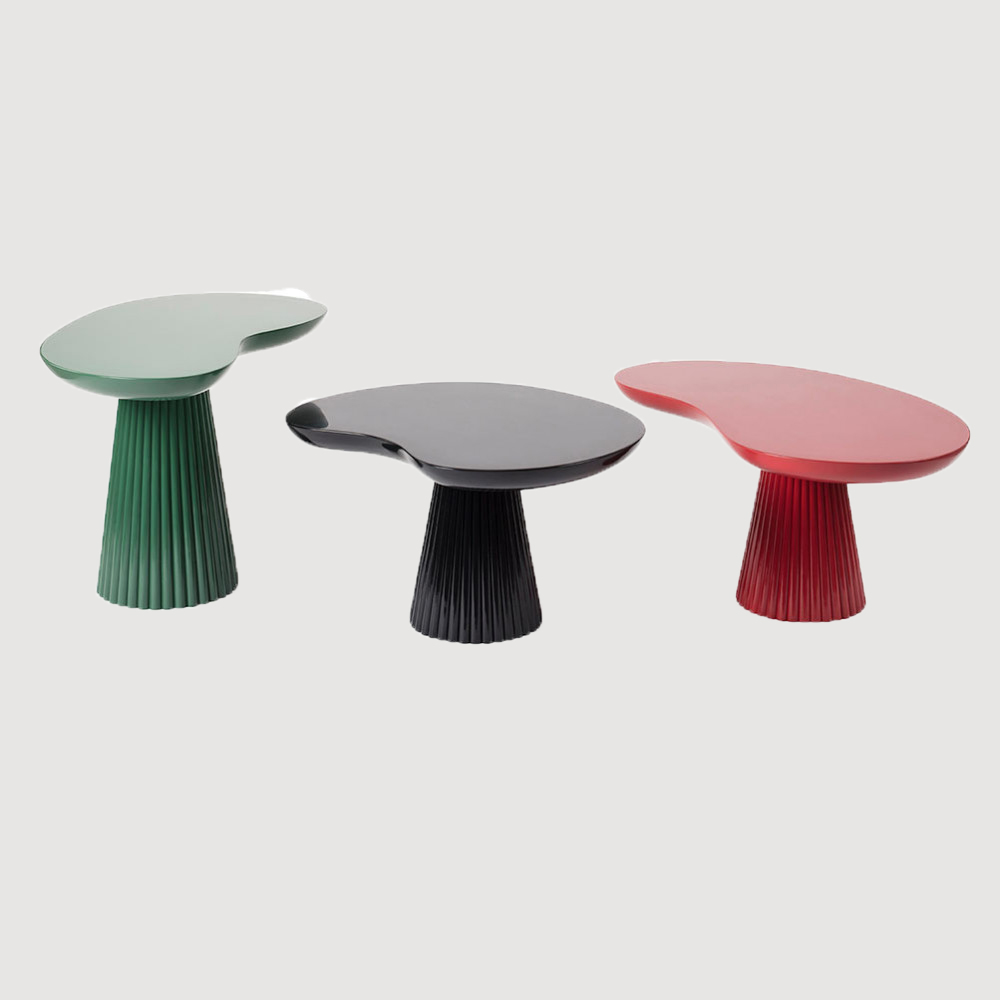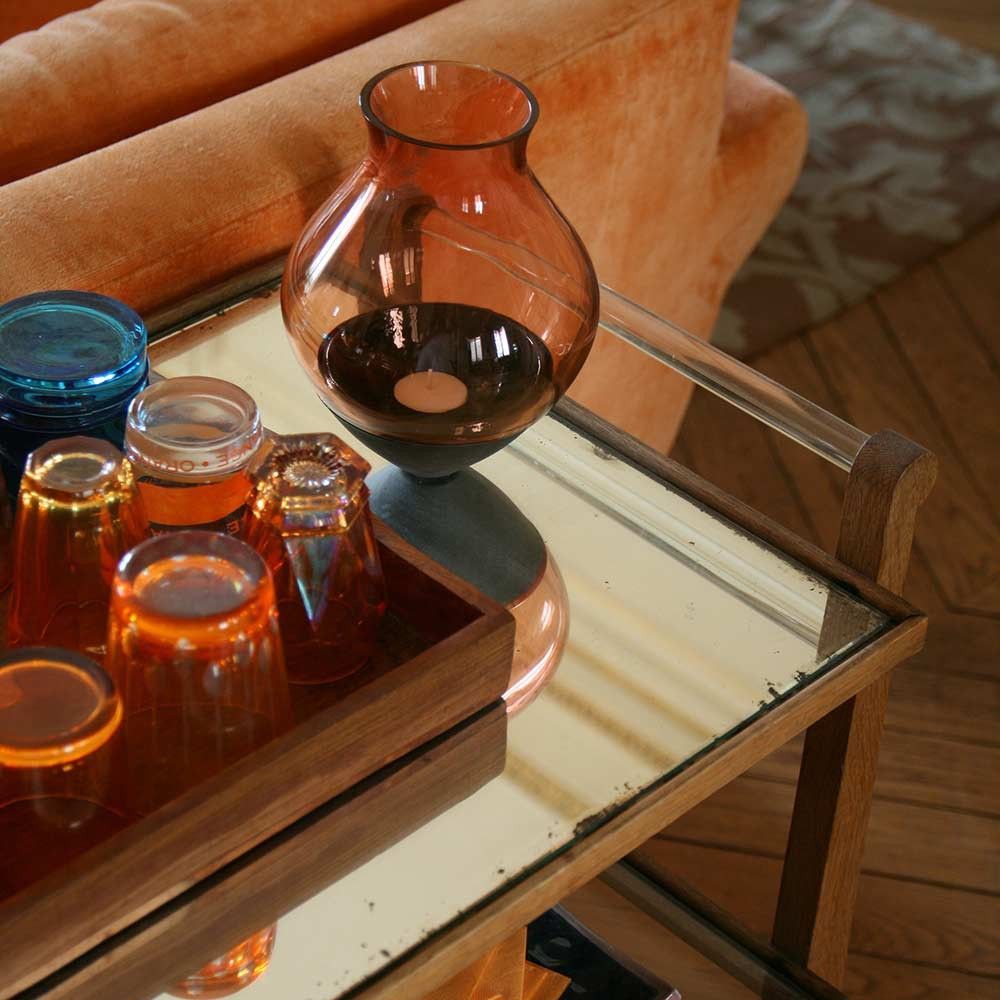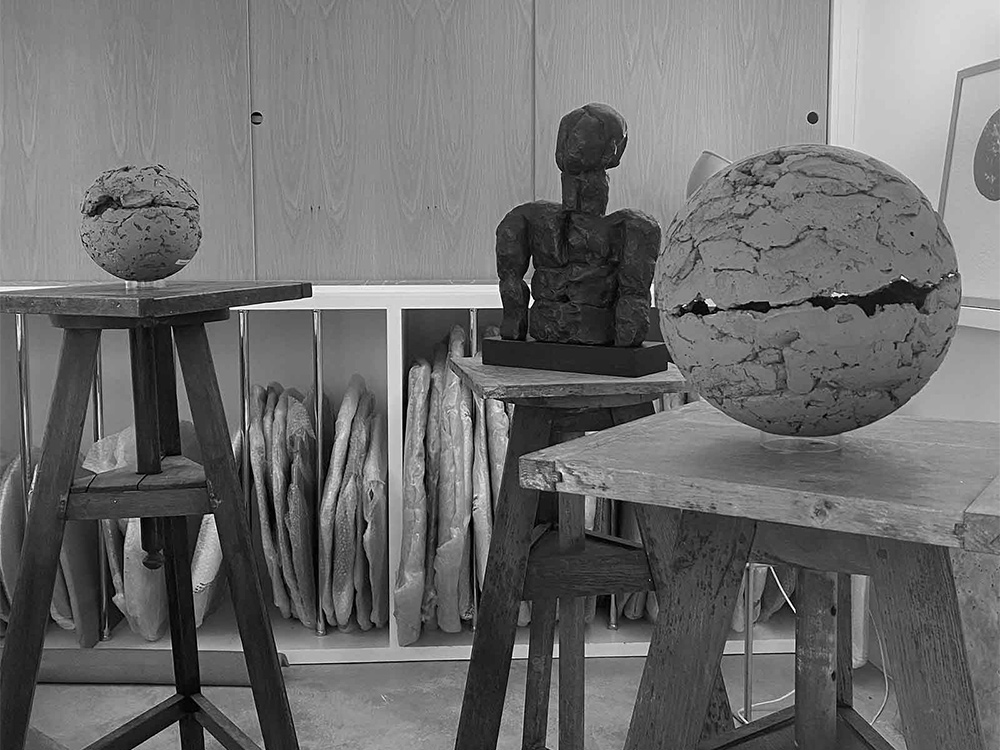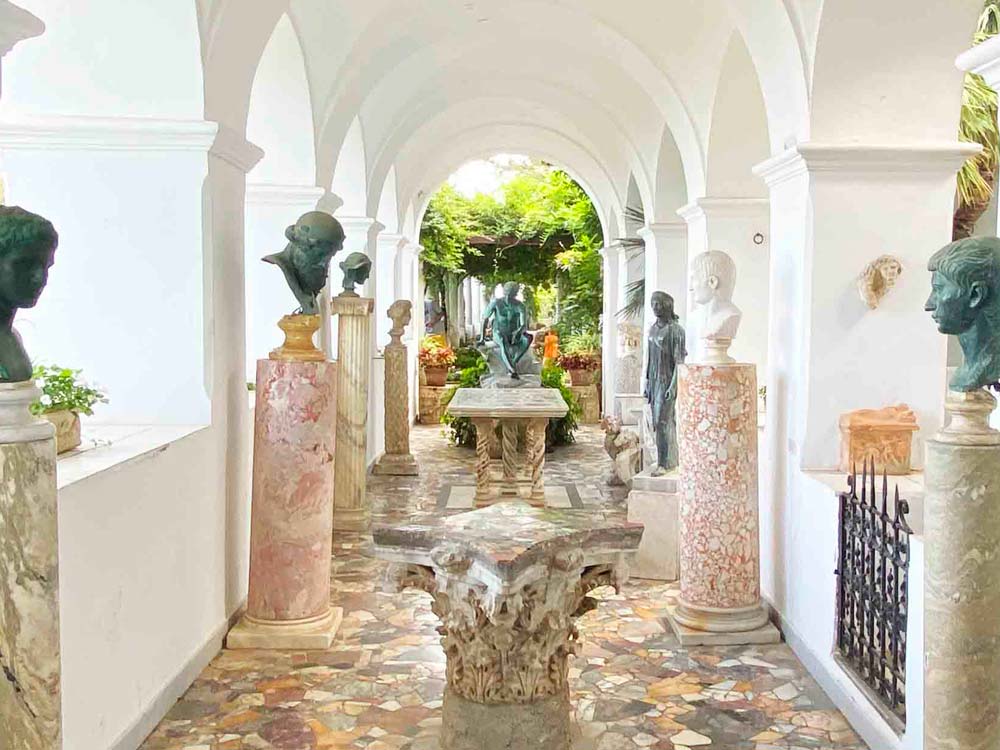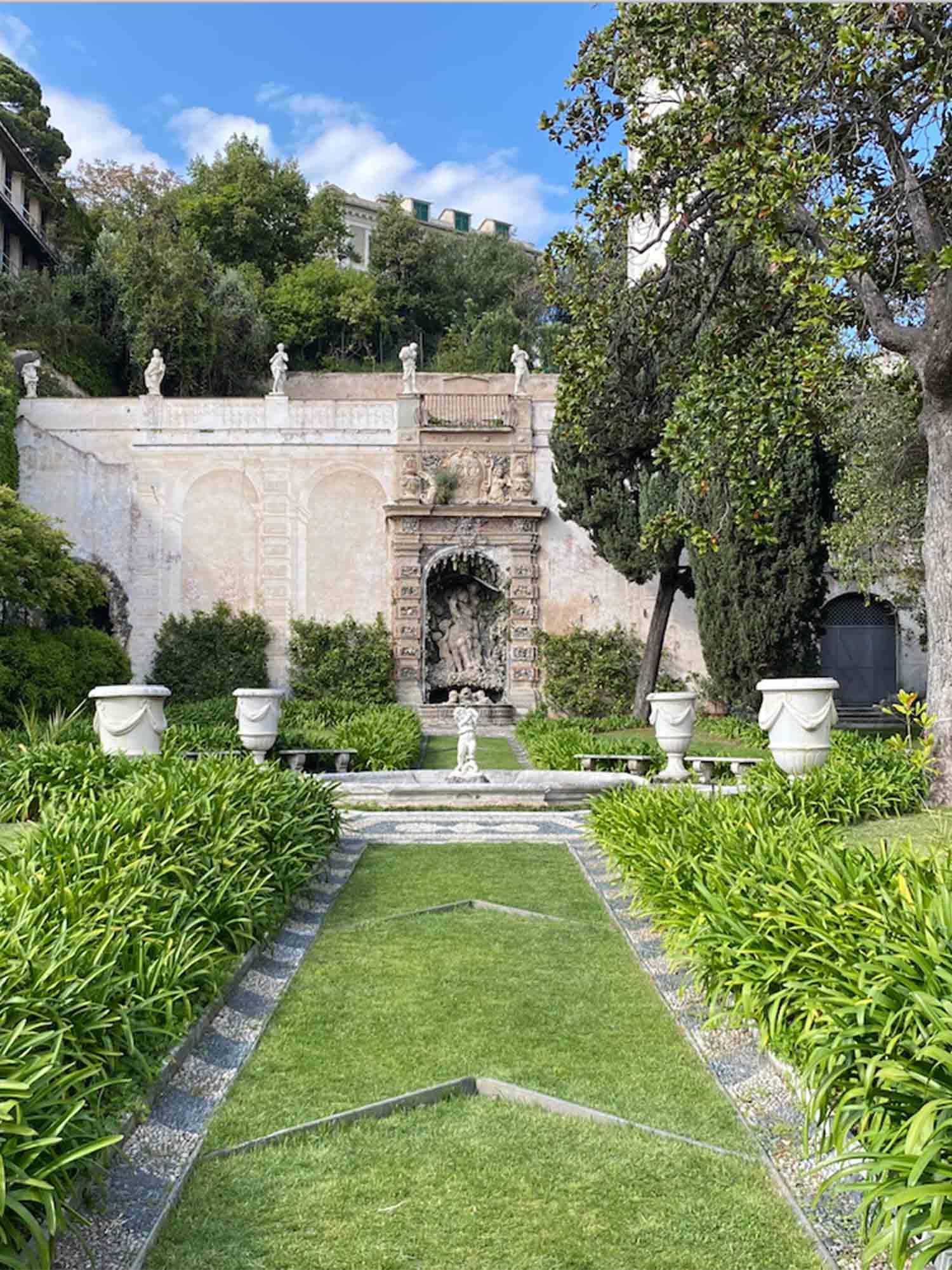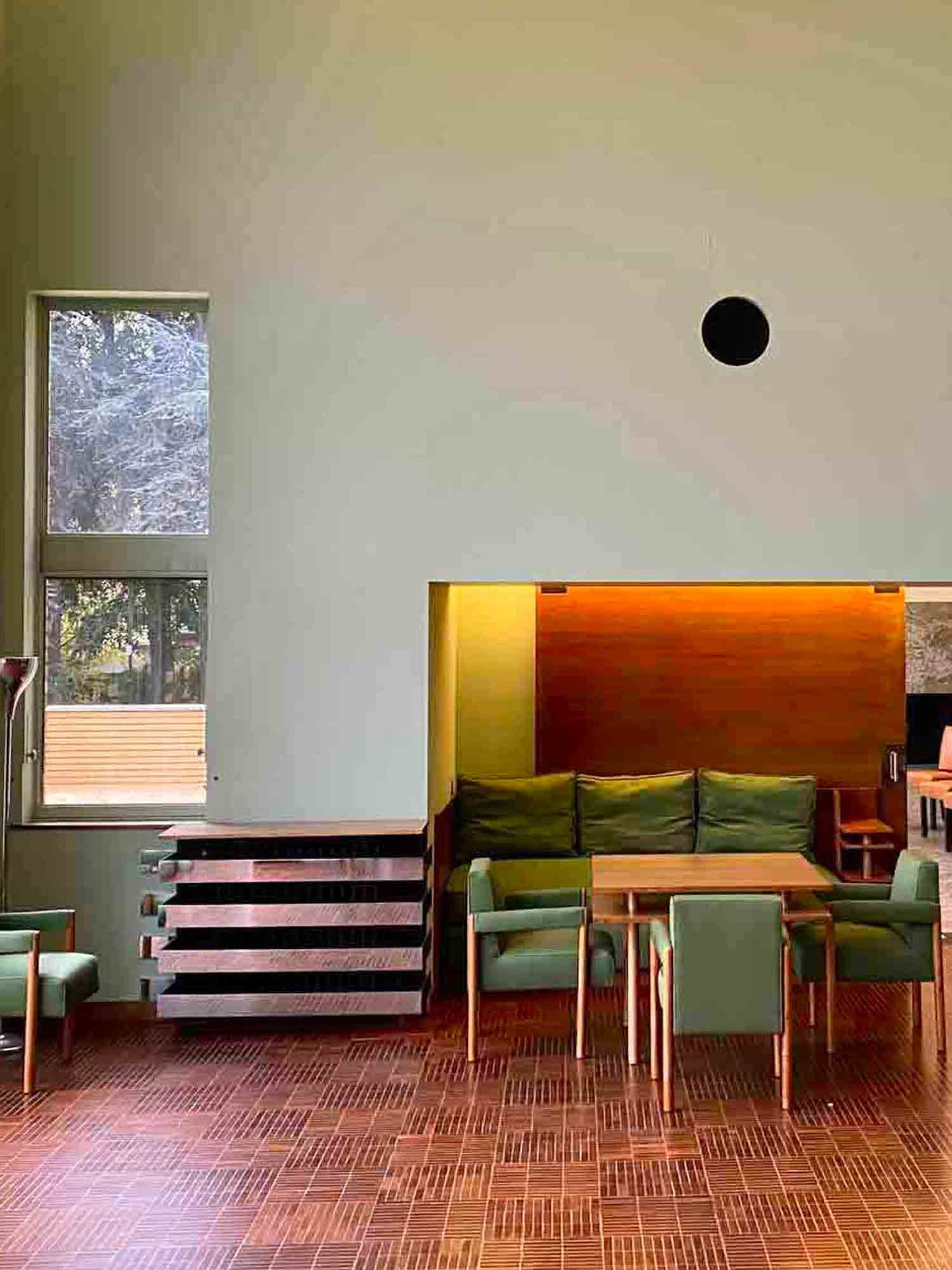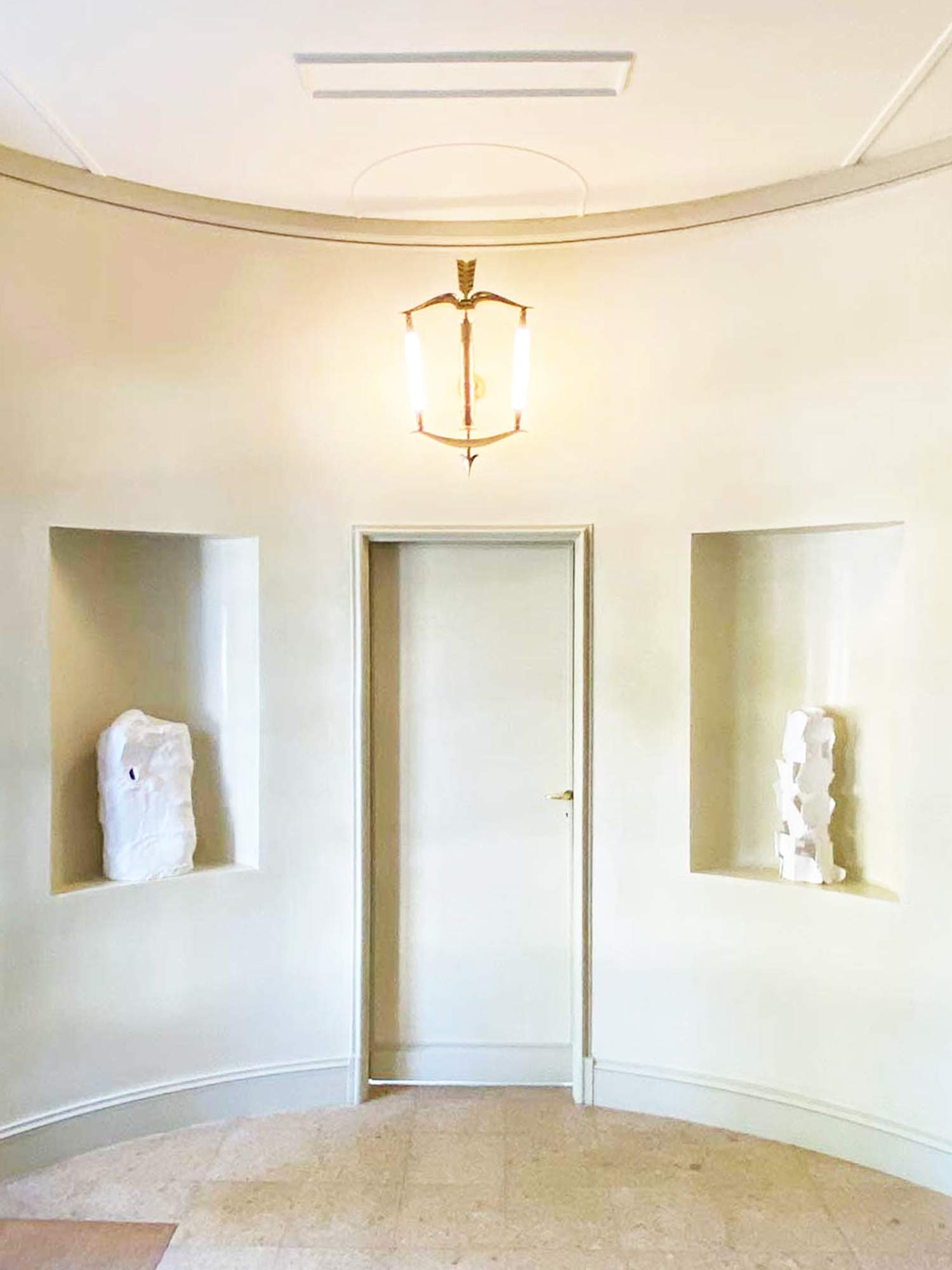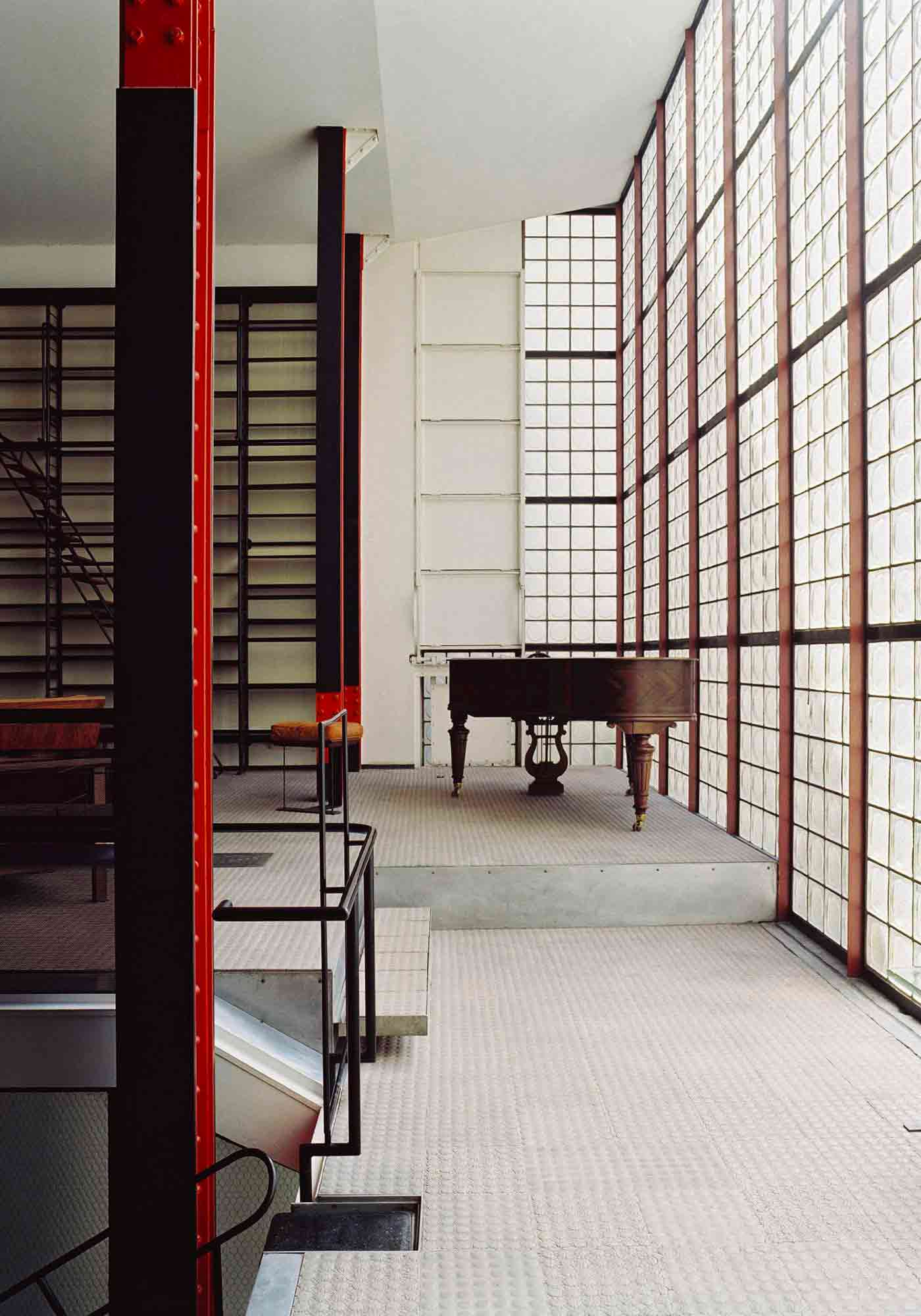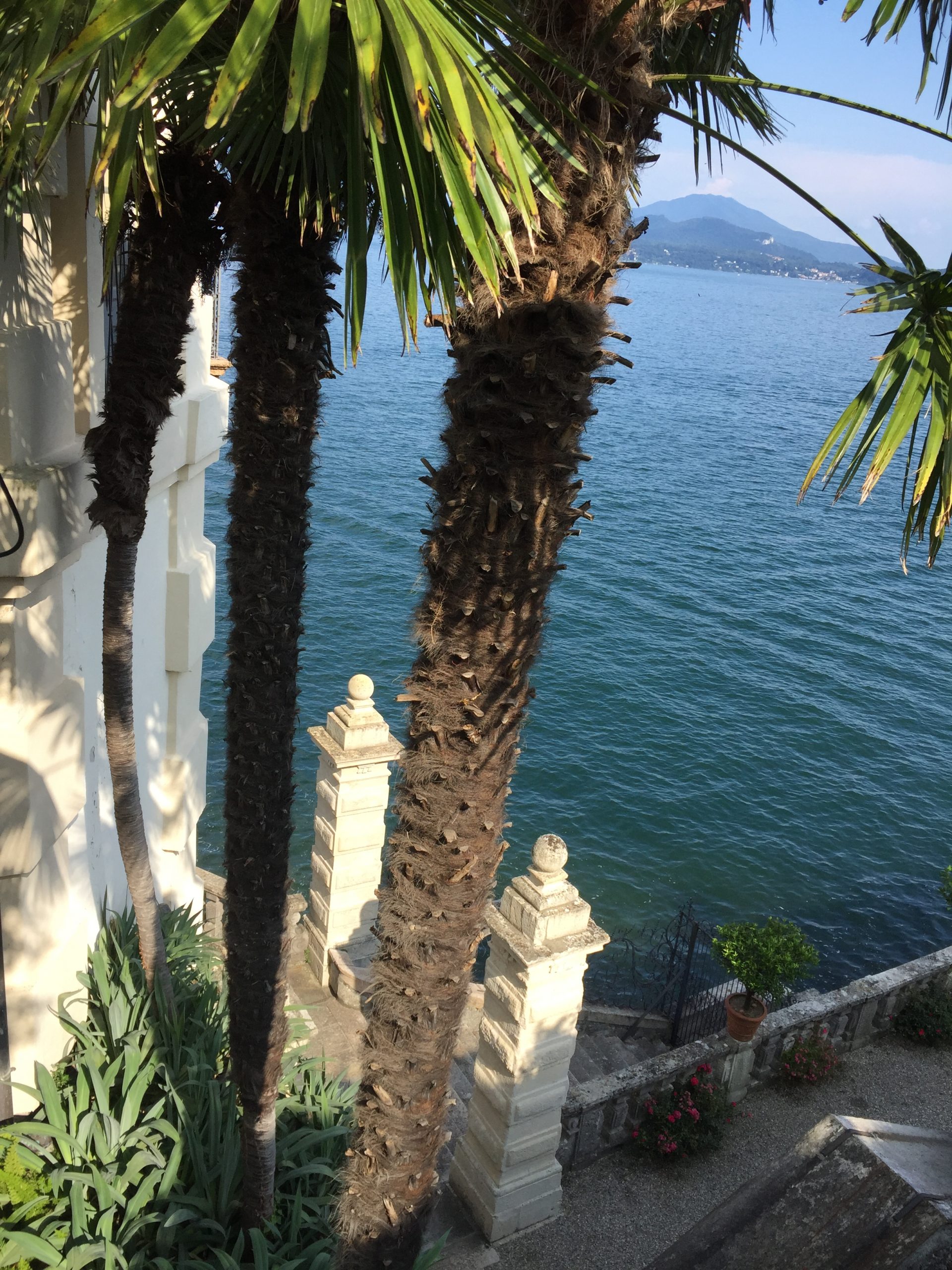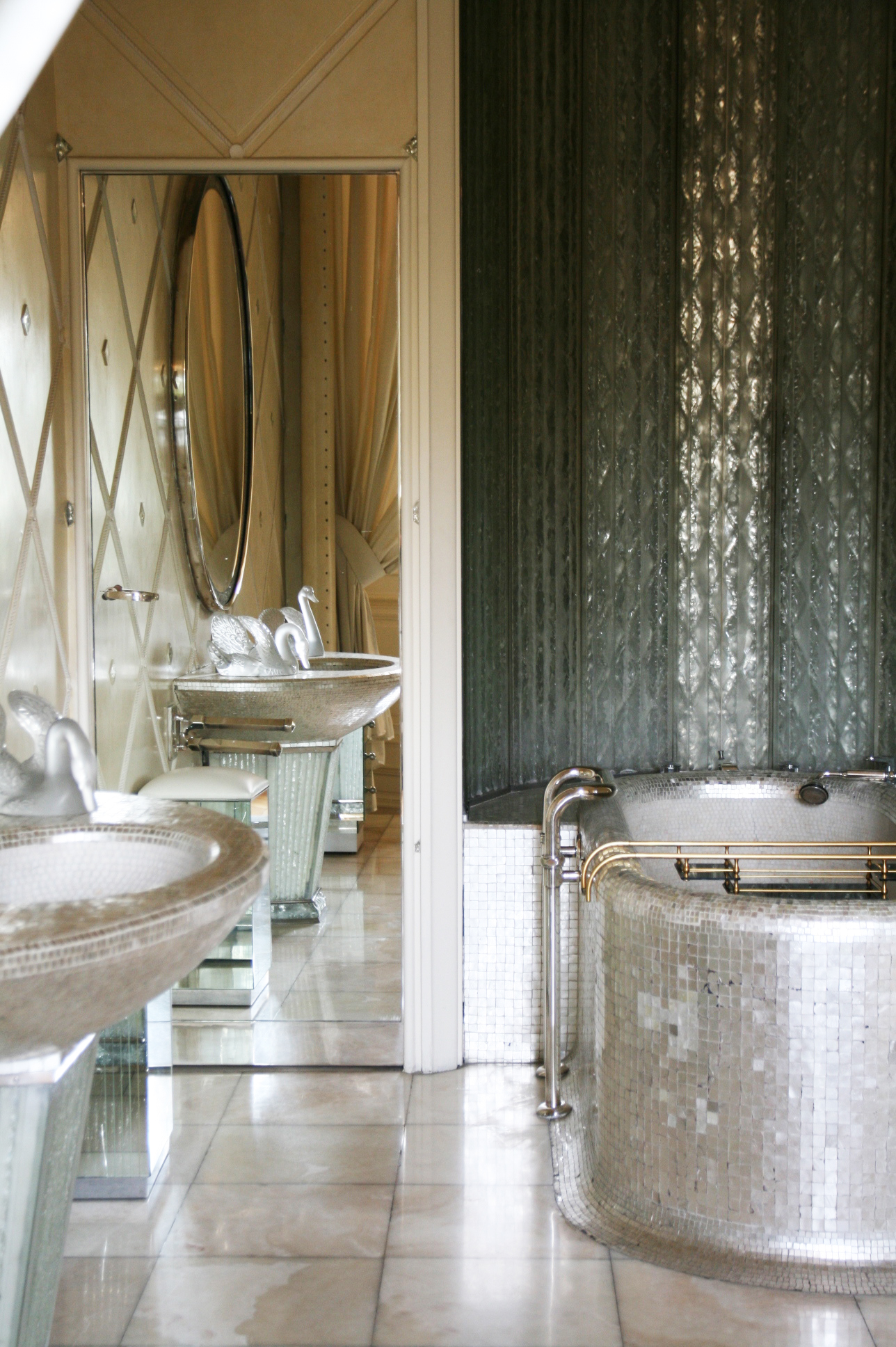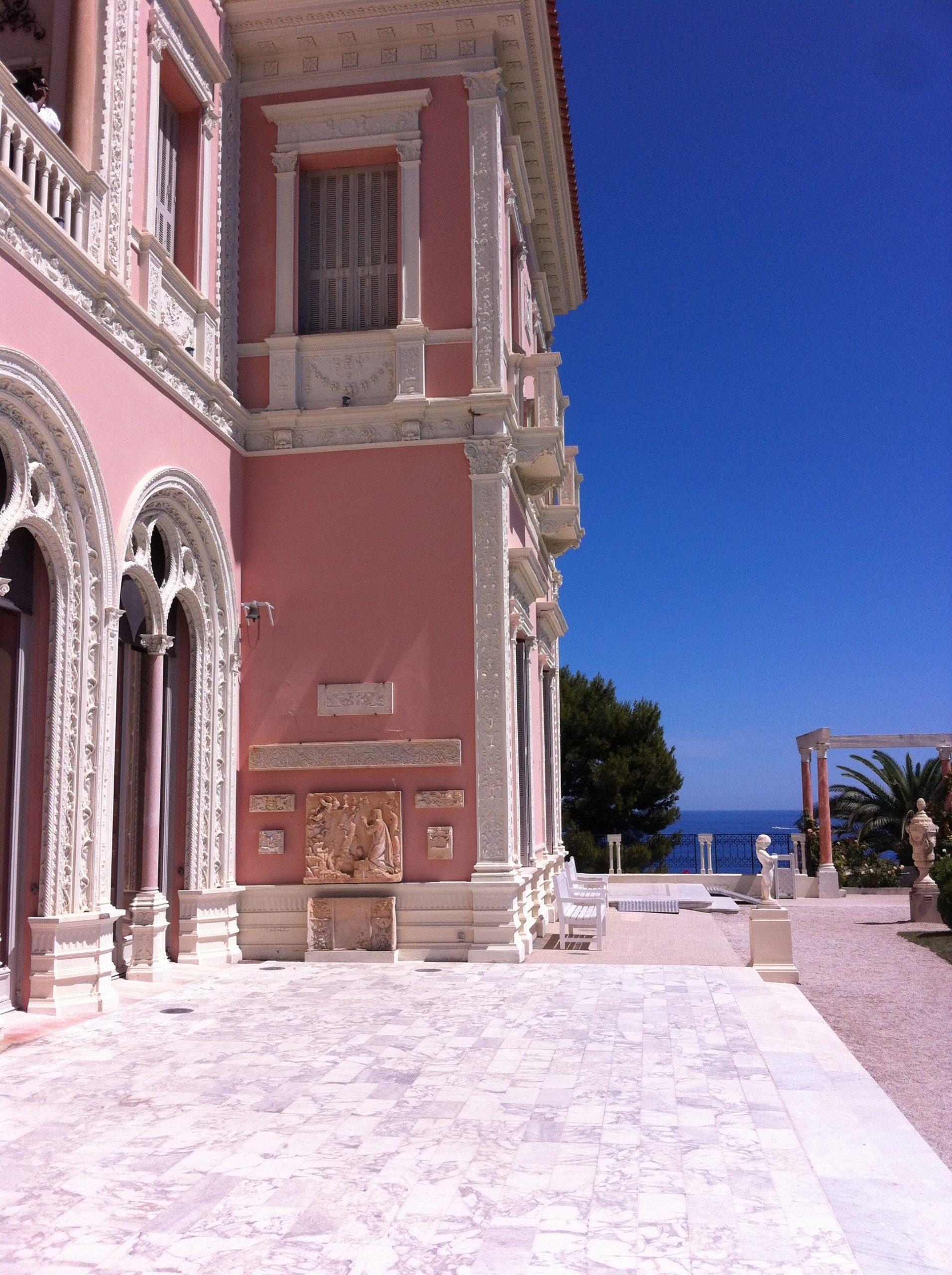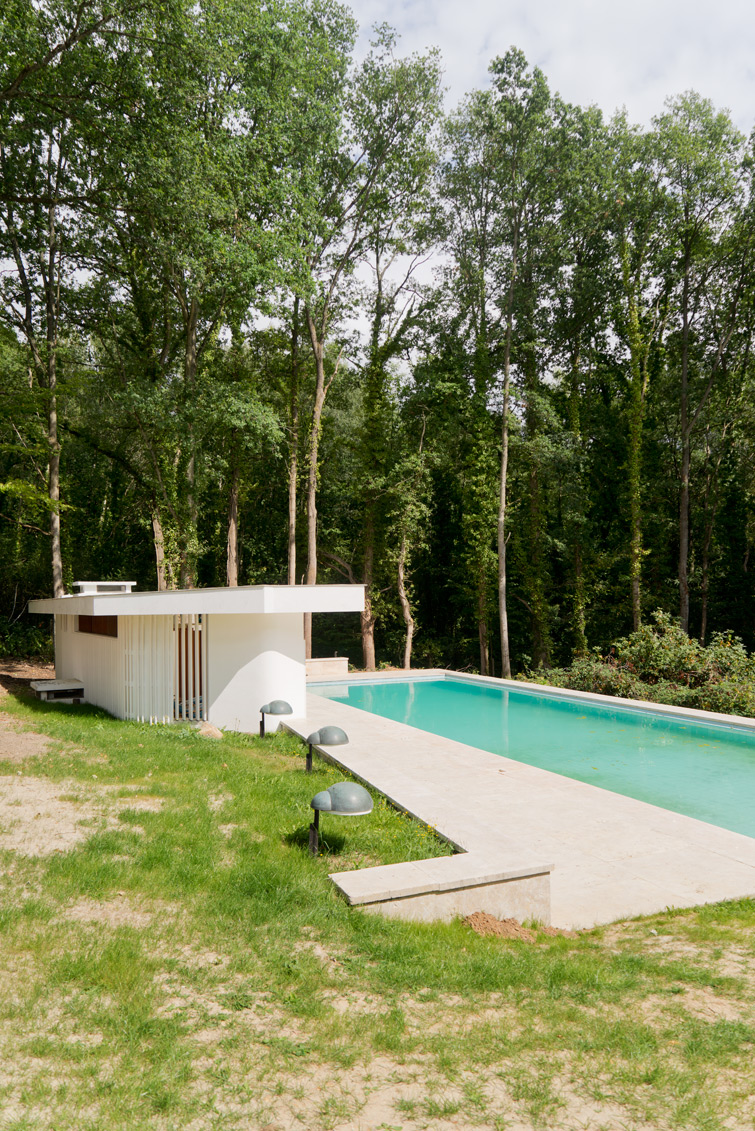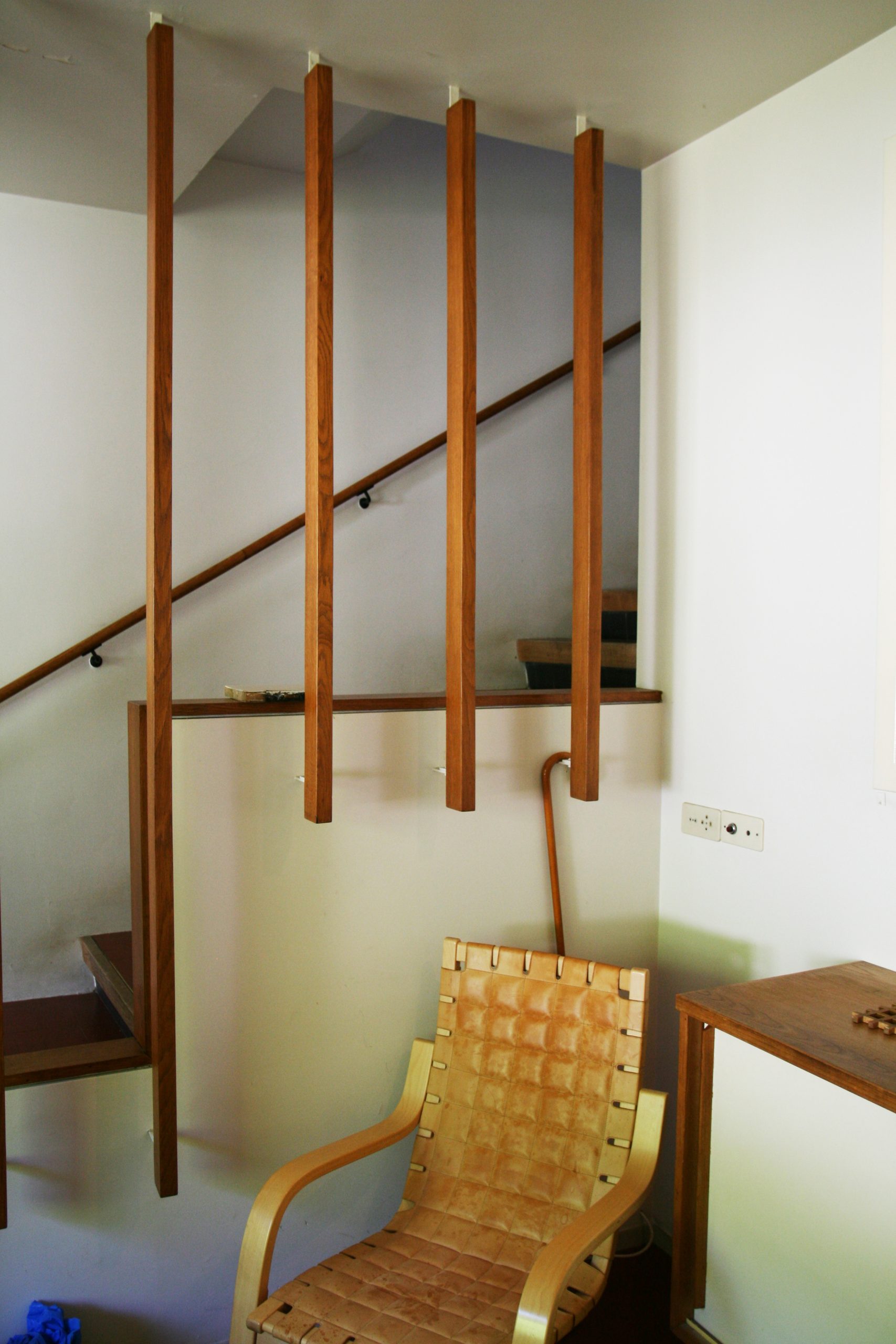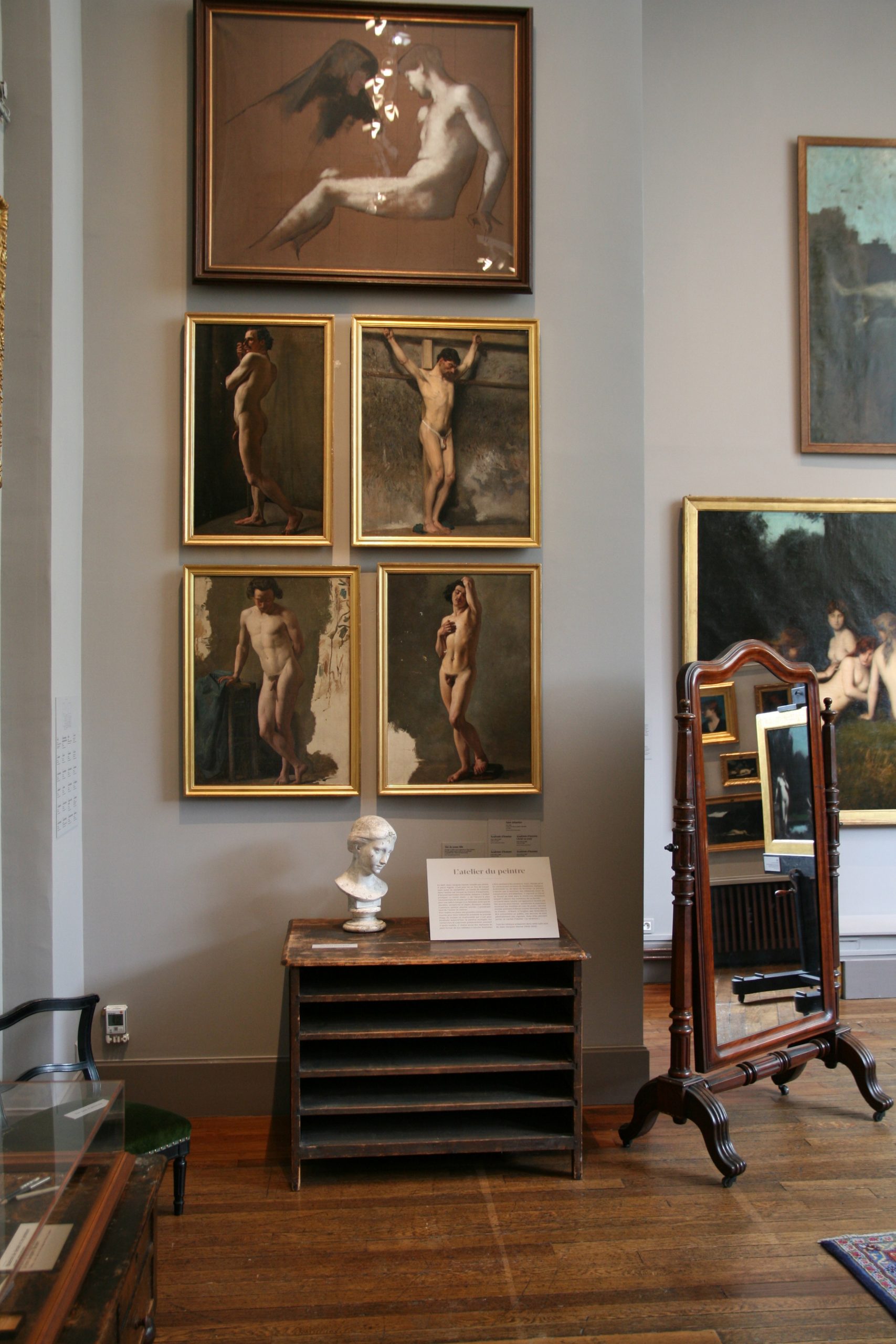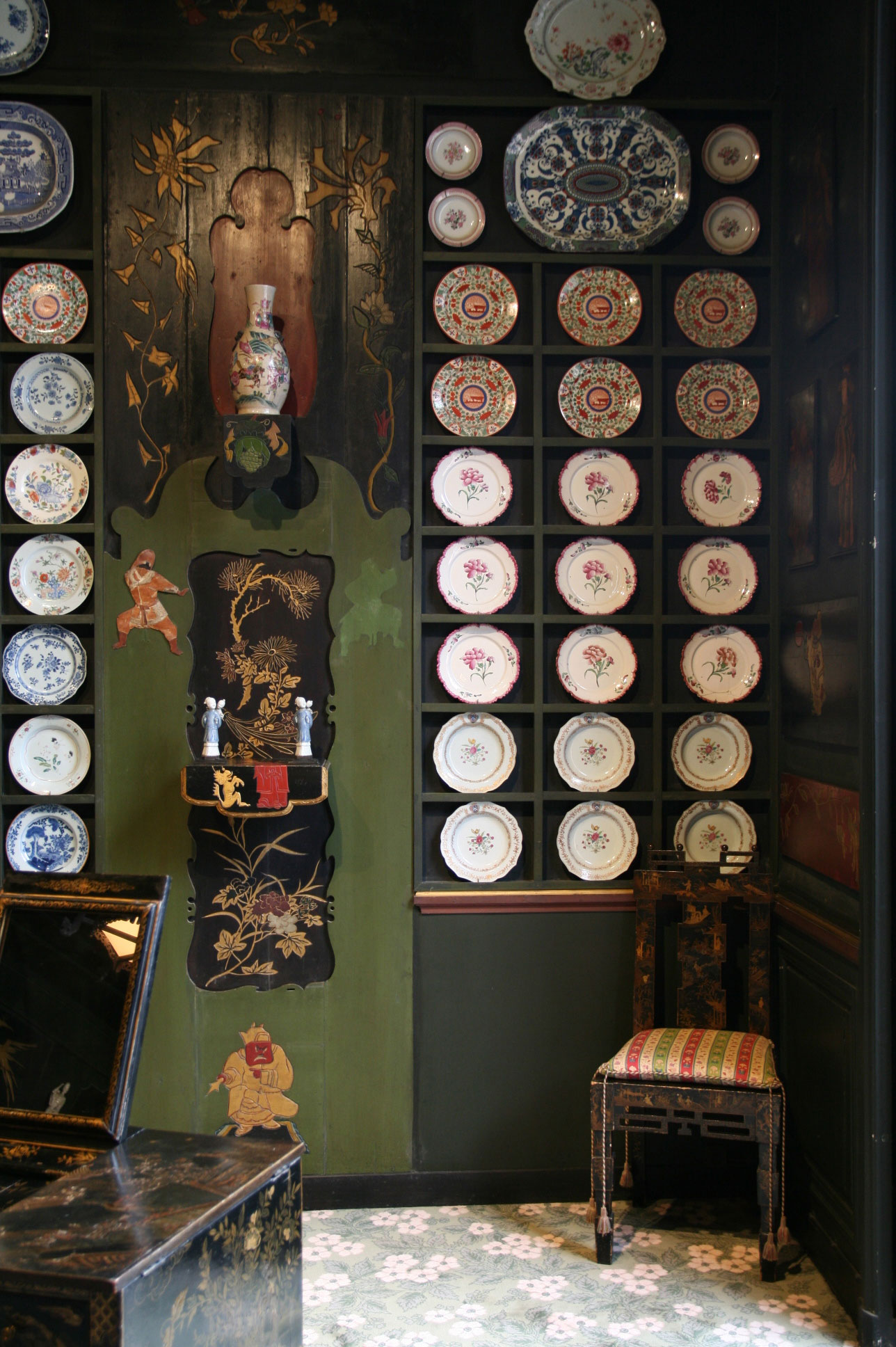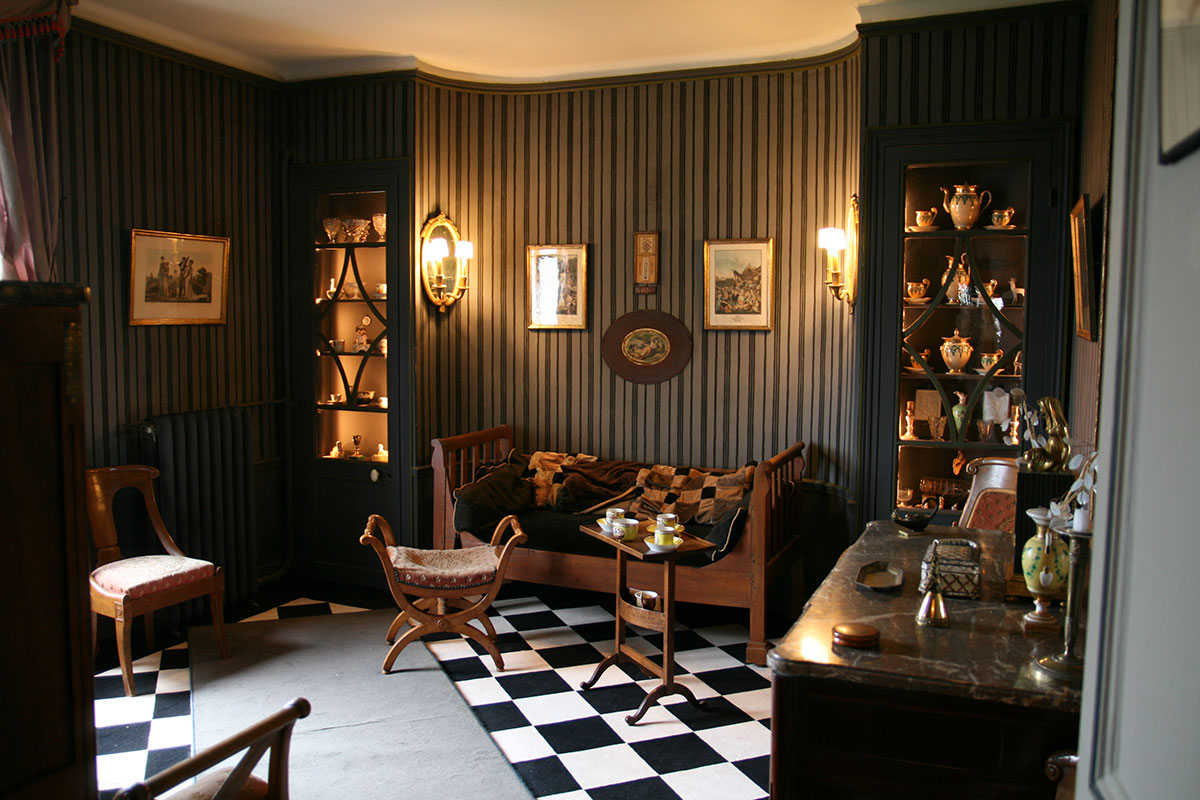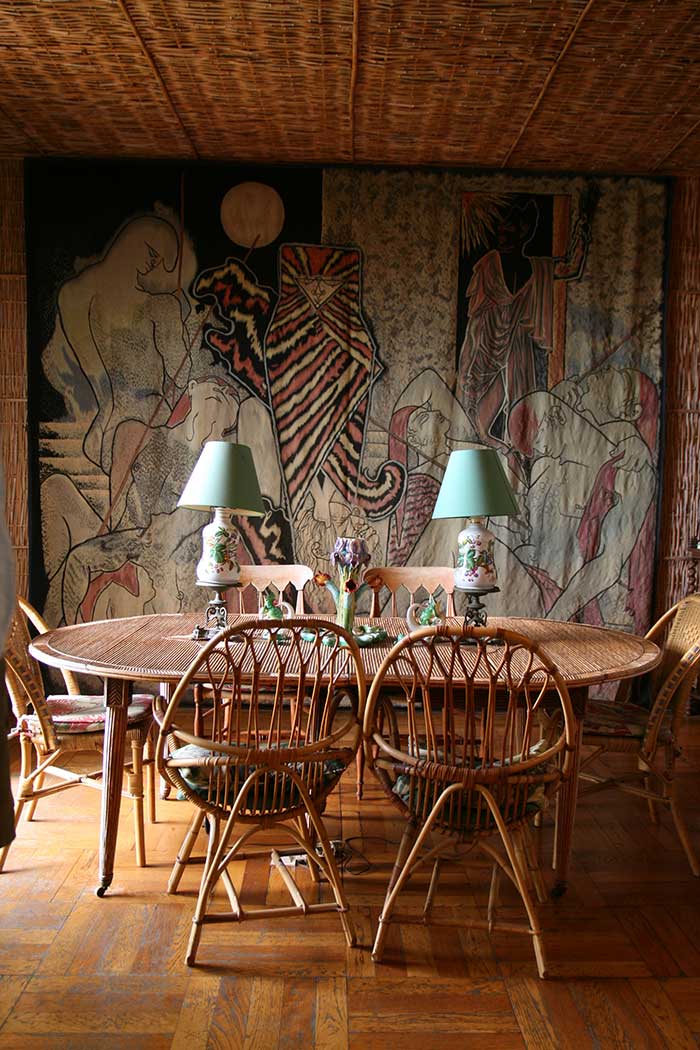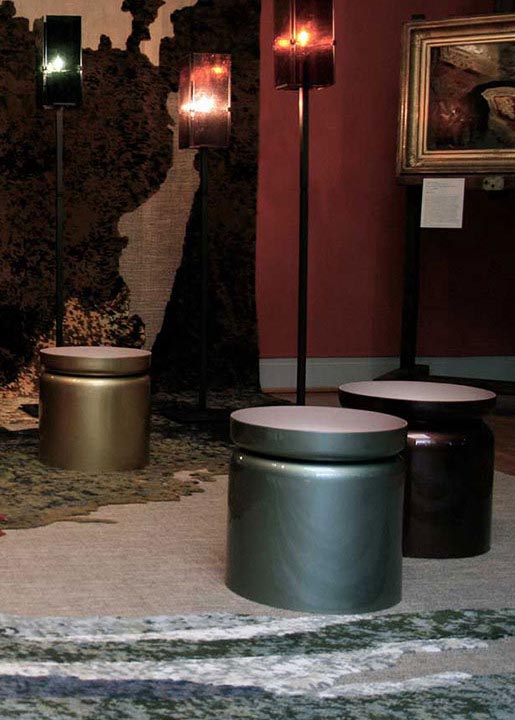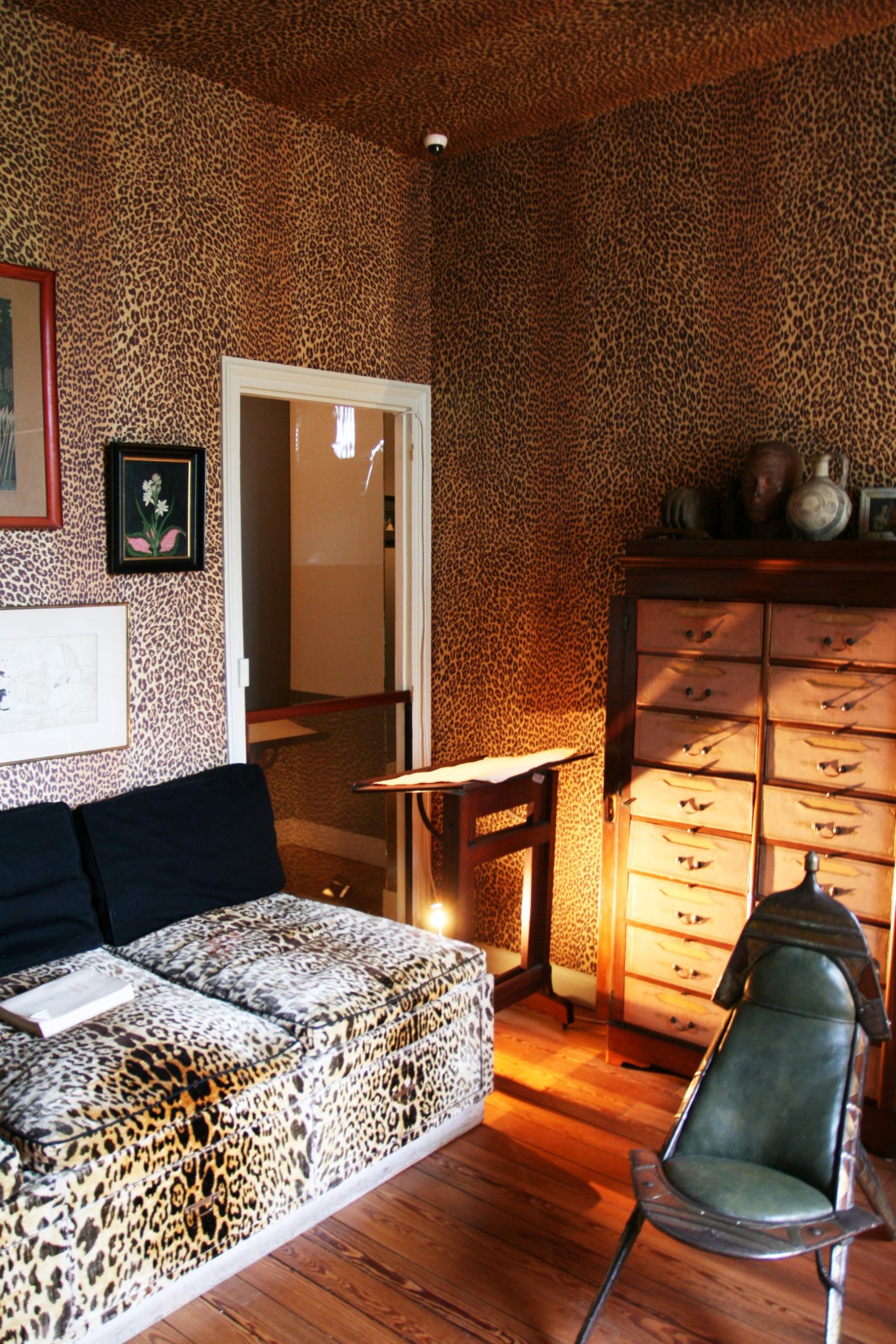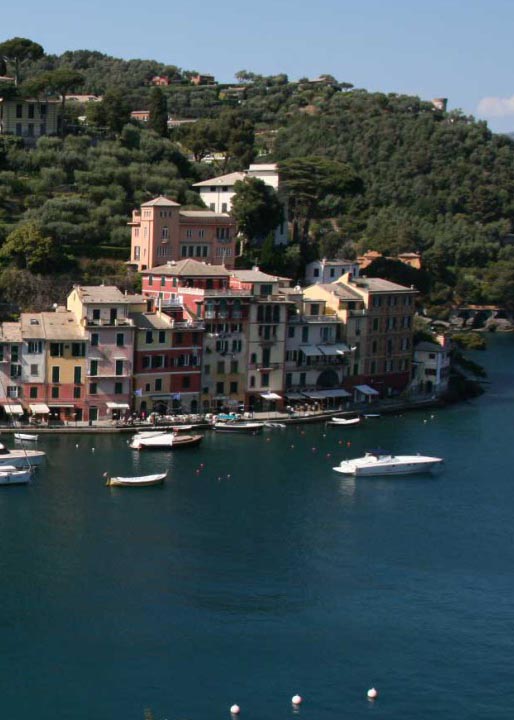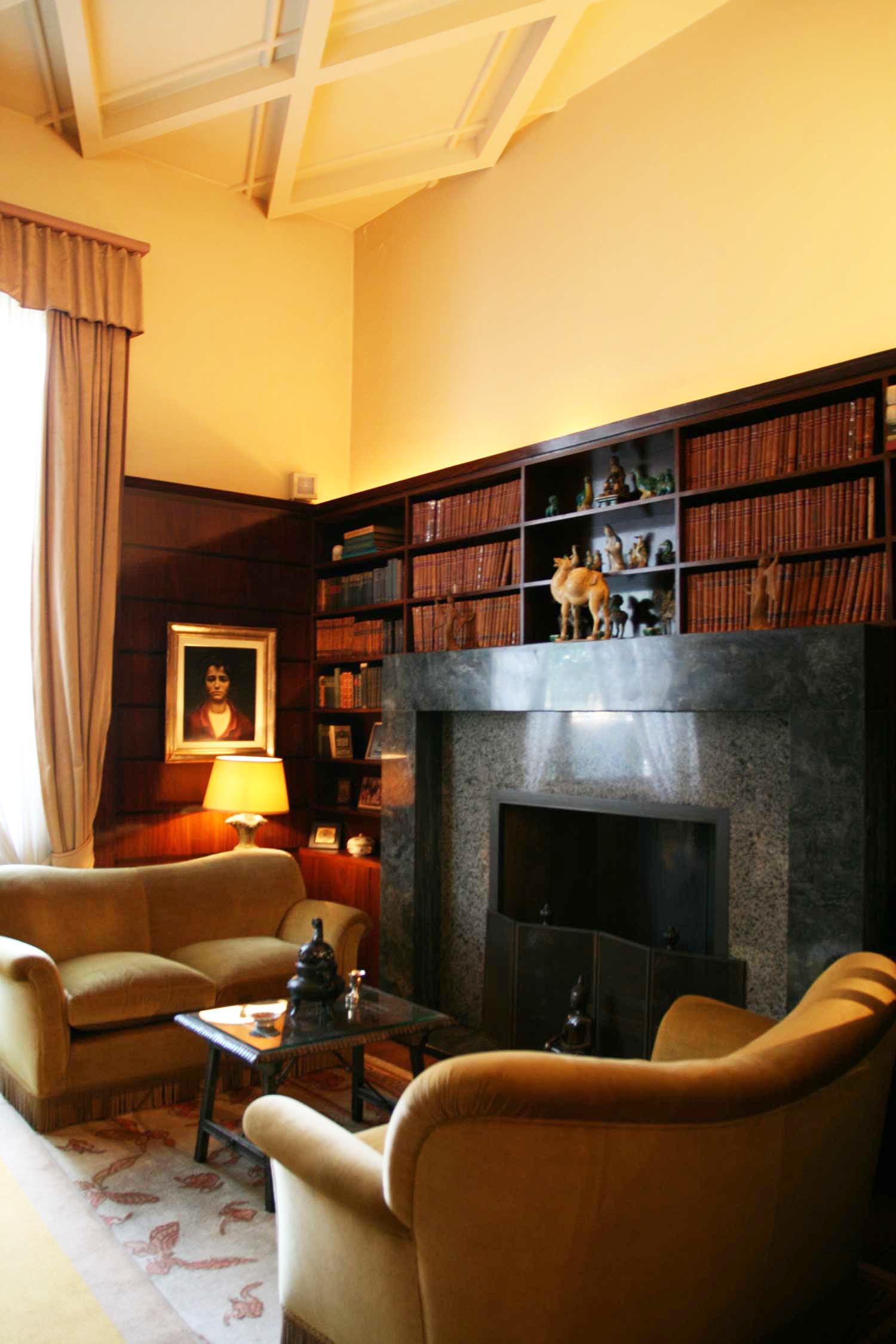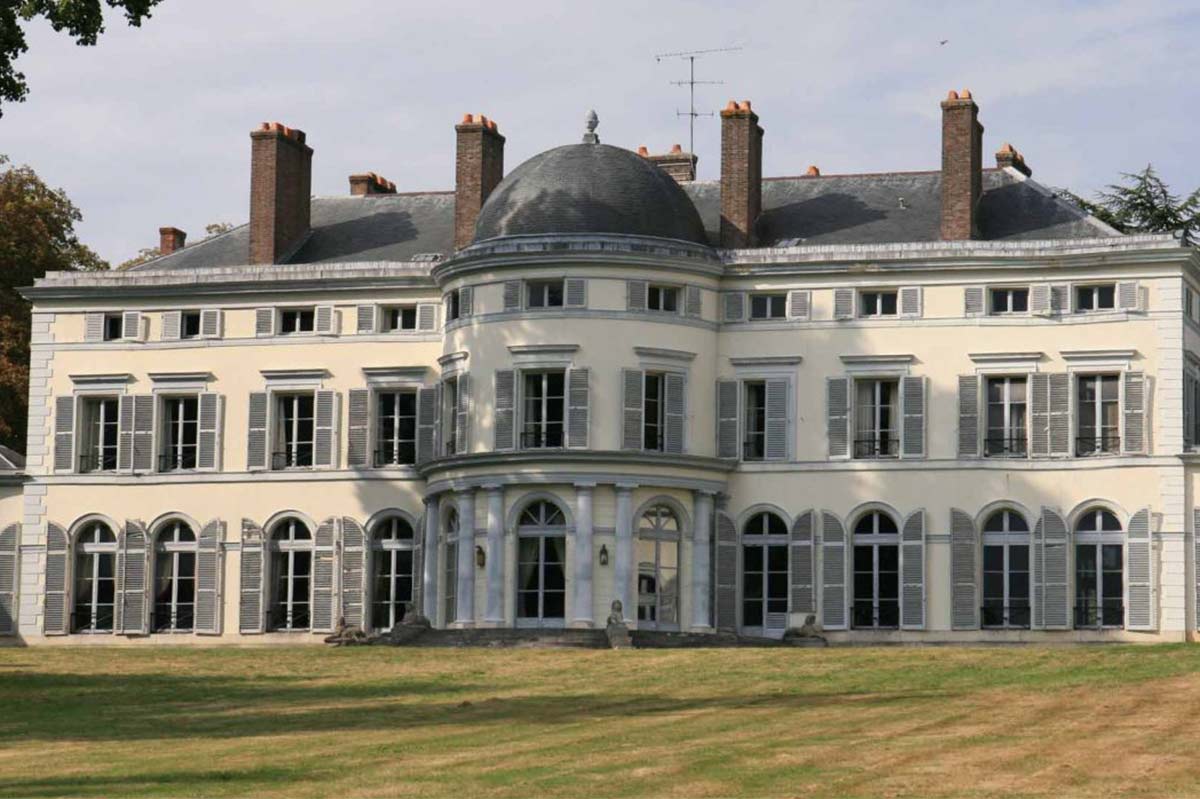
The Château Of Groussay By Charles De Beistegui
Art collector and interior decorator Charles de Beistegui was one of the most flamboyant characters of mid-20th-century Europe. His masked ball at the Palazzo Labia in Venice in 1951 is still described as “the party of the century”.
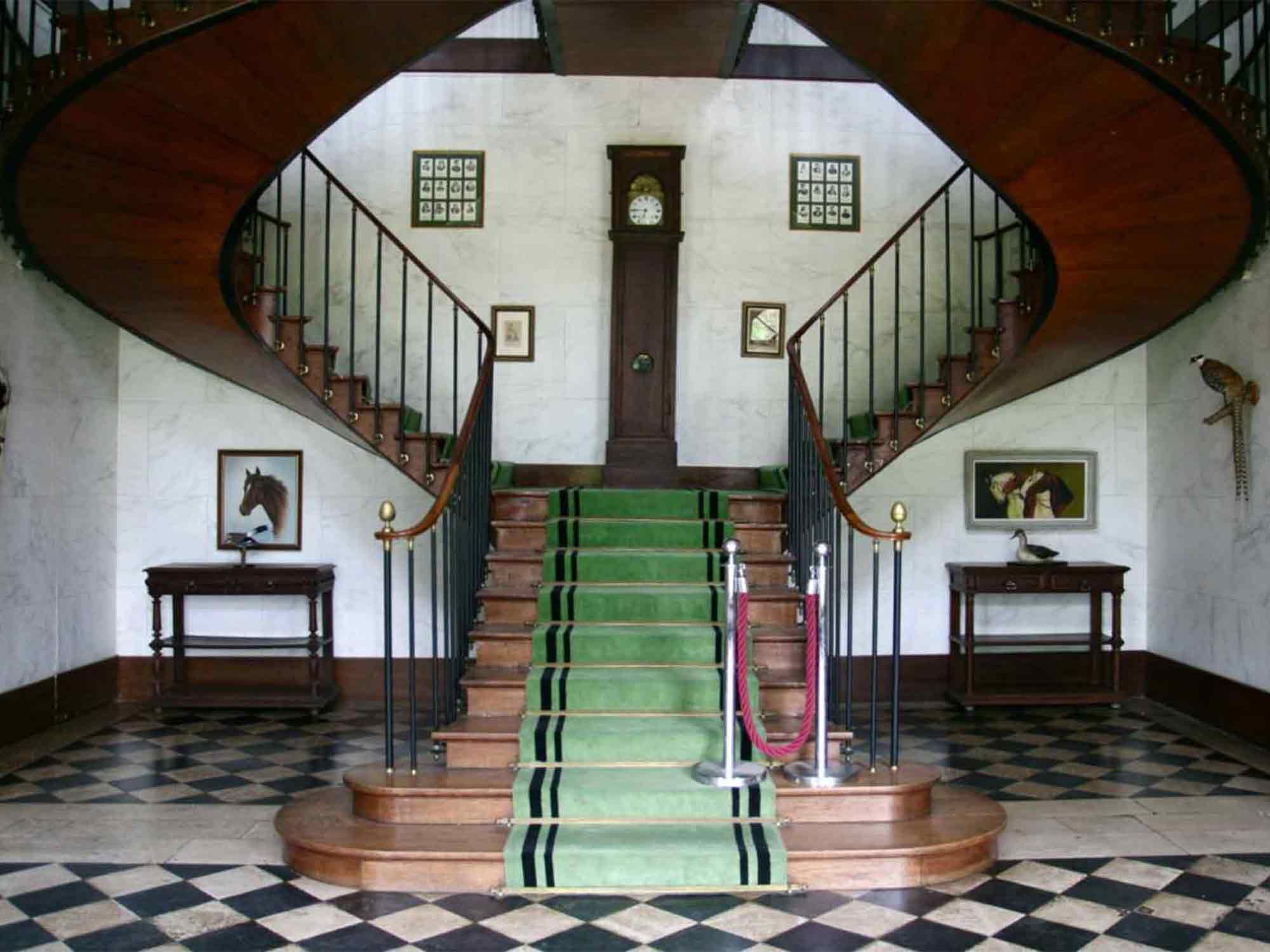
Born into a Basque family which emigrated to Mexico and made their fortune with silver mines, Charles de Bestegui studied in England and then left to travel the world for several years.
Beistegui commissioned Le Corbusier to design his apartment on the Champs-Elysées but his interest in modernism was short-lived, and his fascination with the neoclassical and the baroque made him look for a larger house, where he would be able to exploit all his ideas. In 1938, he bought the château de Groussay, in Montfort l’Amaury, near Paris.
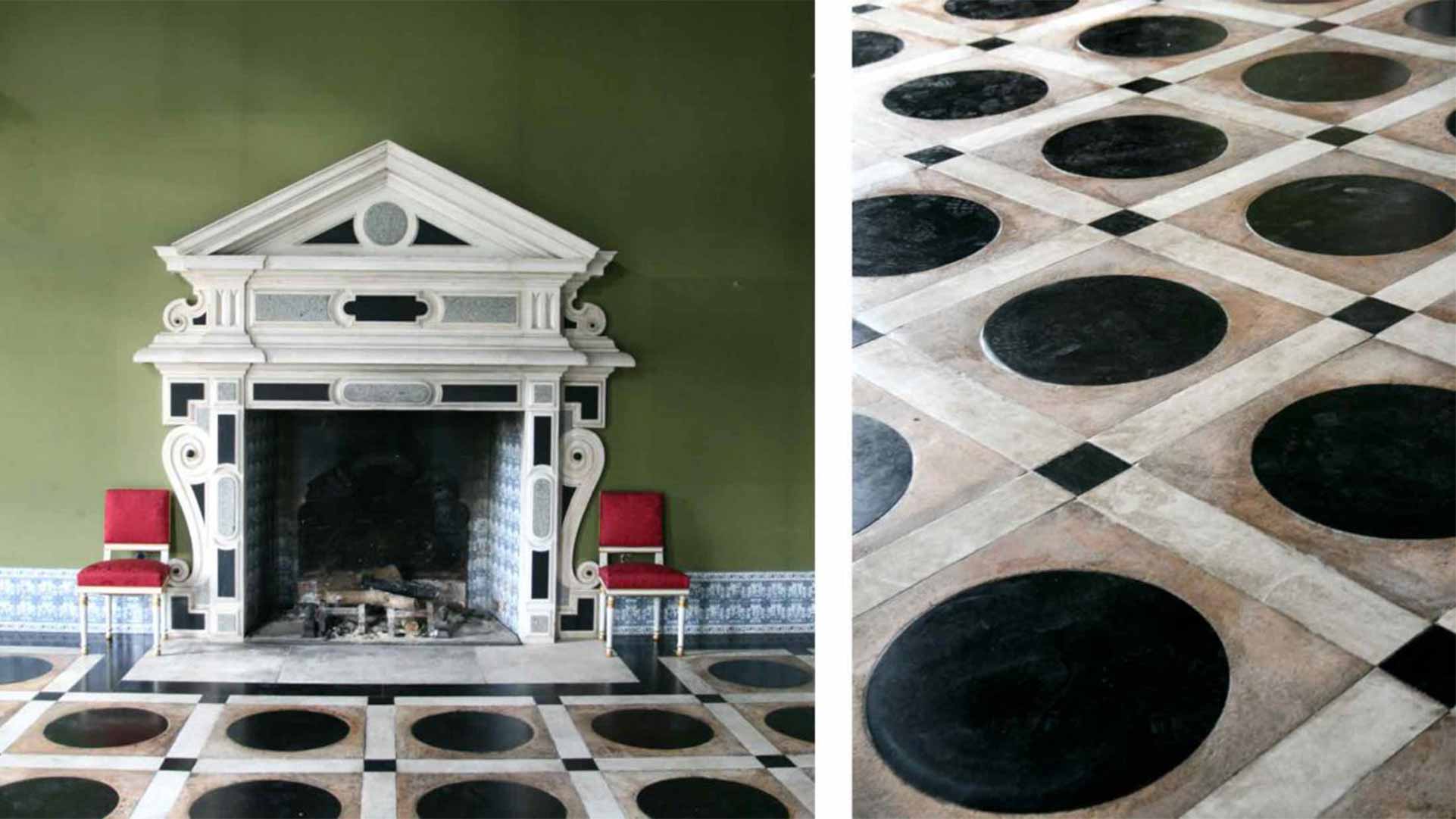
Charles de Beistegui embarked upon a radical transformation of Groussay, adding two wings, a theatre and a ballroom. He dedicated his life and his fortune to decorating it, and he decorated for maximum effect. He approached decoration as on a movie set: what mattered most of all was the result, regardless of the means. He commissioned the best trompe l’oeil artists and would have a simple concrete staircase painted in a perfect imitation of wood, or a concrete floor painted in a perfect imitation of marble. Even the cracks in the walls were paint effects…
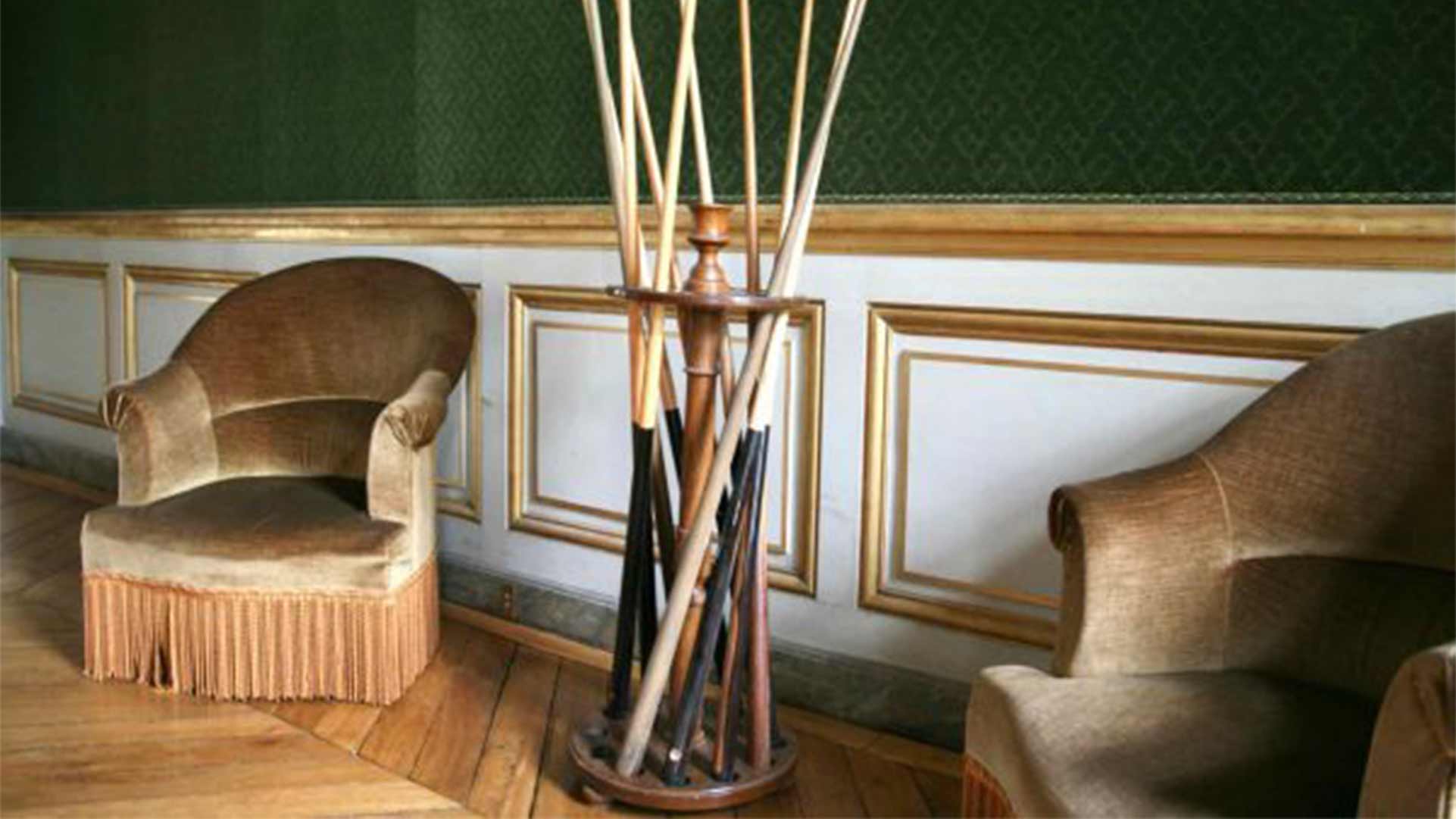
« His imagination is so fertile that his imitators can never follow him, let alone guess what he will make fashionable tomorrow. » Cecil Beaton
One of Bestegui’s first transformations was the library. He created the double-height bookcase by removing part of the upper floor. The two spiral staircases in mahogany wood were inspired by those found in English or Scottish castles. The books were chosen first and foremost for the quality of their leather or the colour of their covers. The walls were lined with paintings.
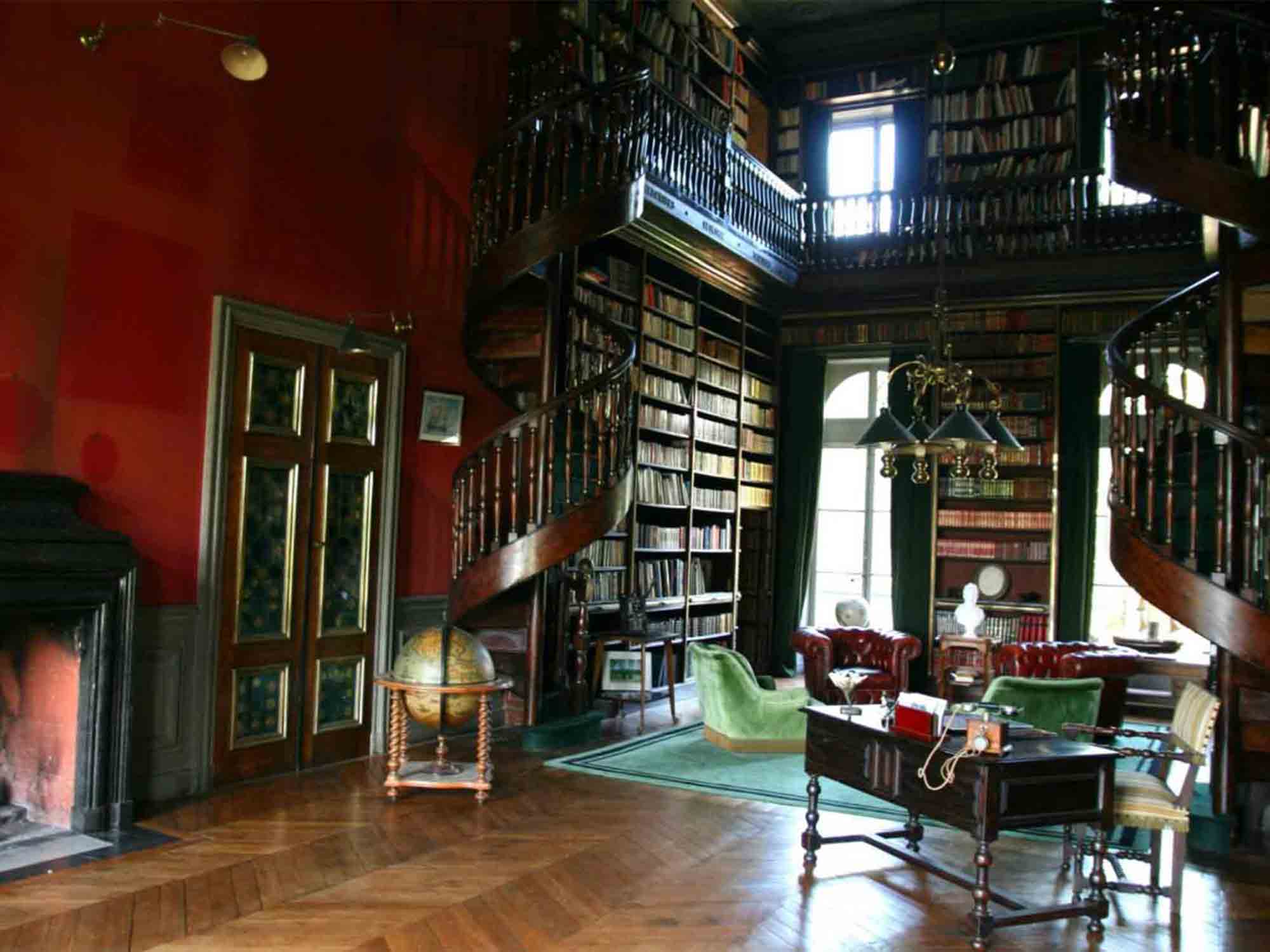
Charles de Bestegui hated what he considered conventional bourgeois taste. He wasn’t afraid of taking risks, and following his own idiosyncratic taste, selecting objects not for their practical use but for their style.
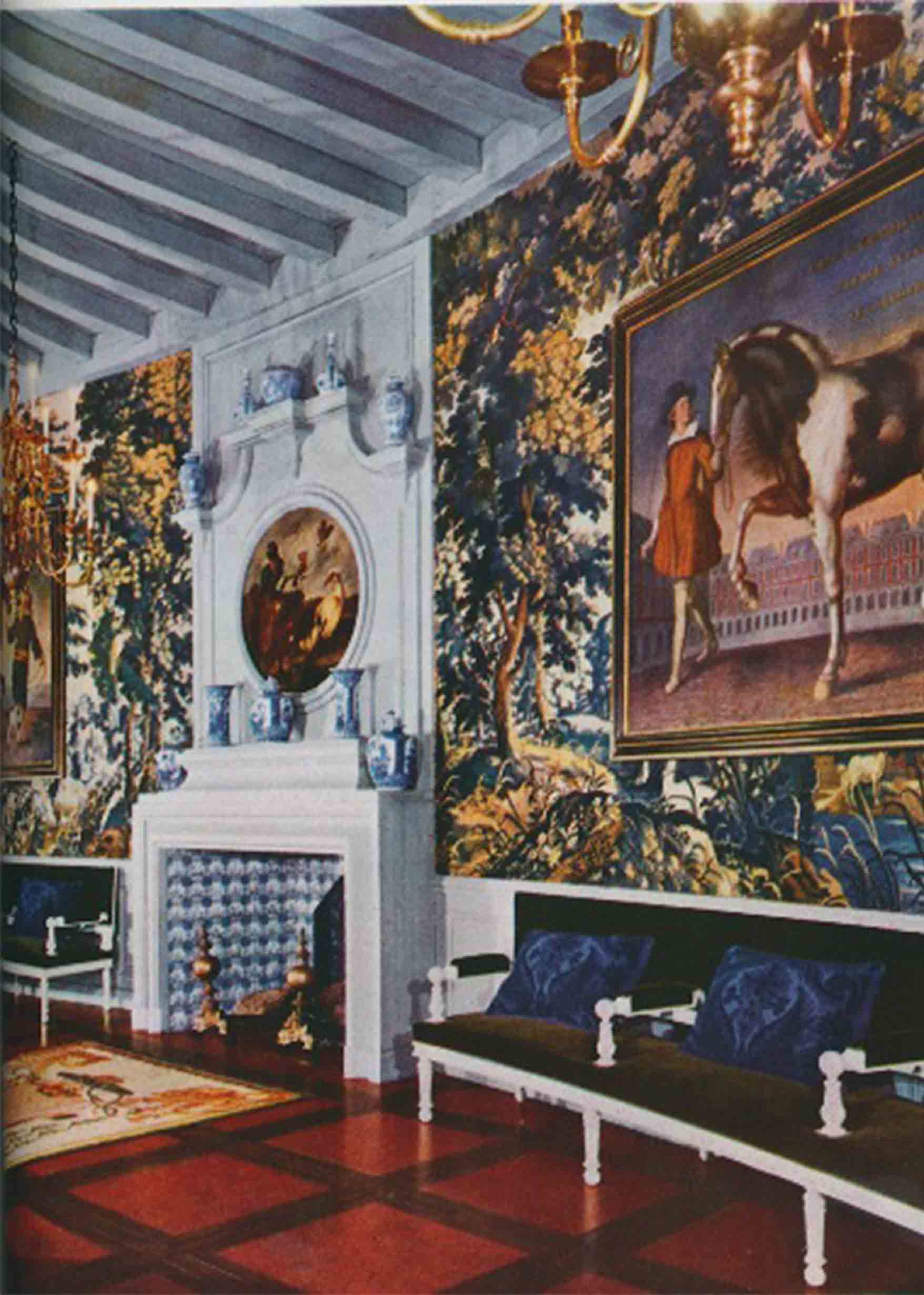
groussay_0007
Connaissance des Arts, 1955
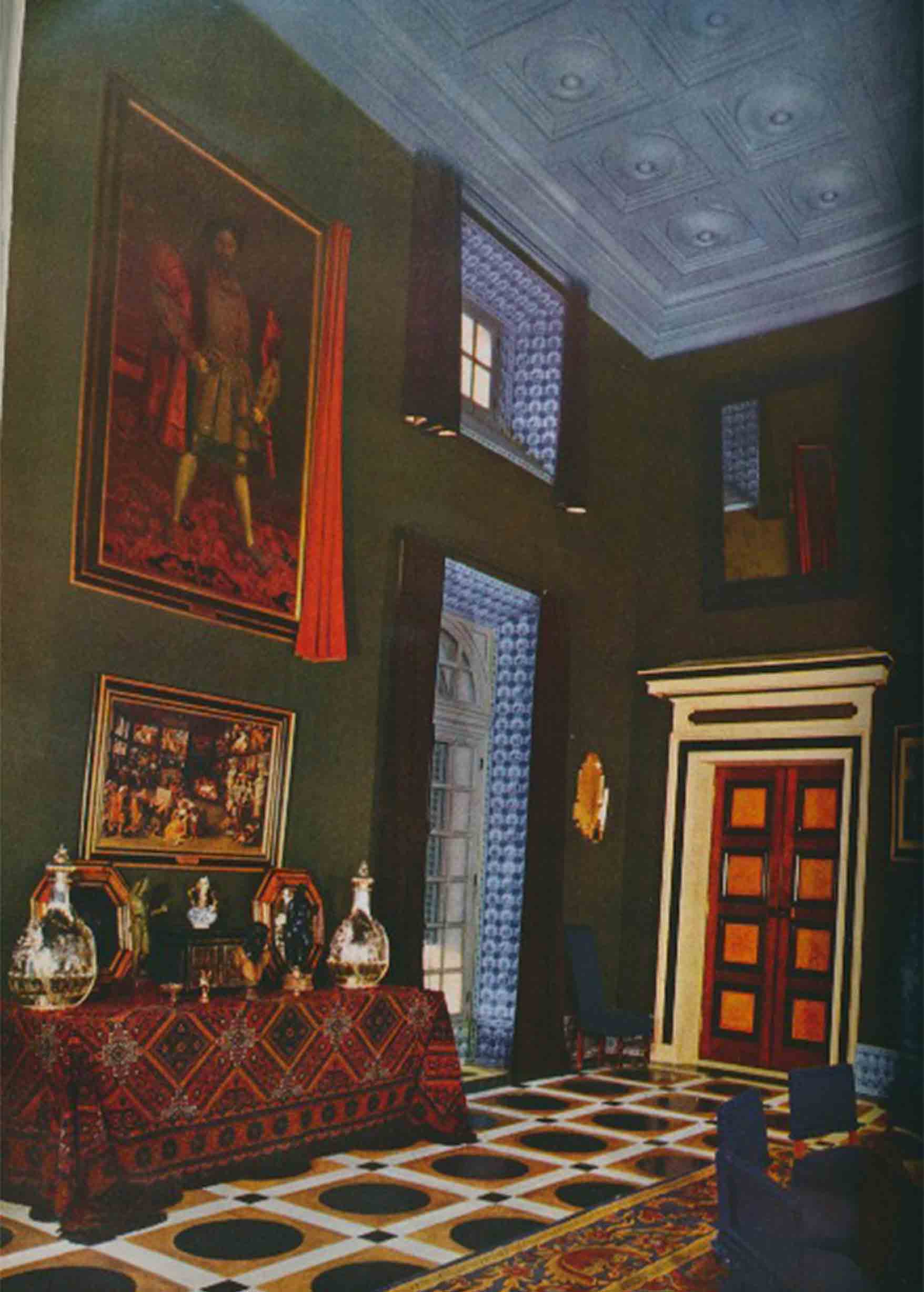
groussay_0001
Connaissance des Arts, 1955
The theatre he created – with its Chinese vases, its box of honor, its large Venetian chandeliers and its carpet designed by the Manufacture de Madrid – is one of the most beautiful of its time. 400 metres of velvet and damask were used to cover the seats, all done by hand by a workshop in Neuilly.
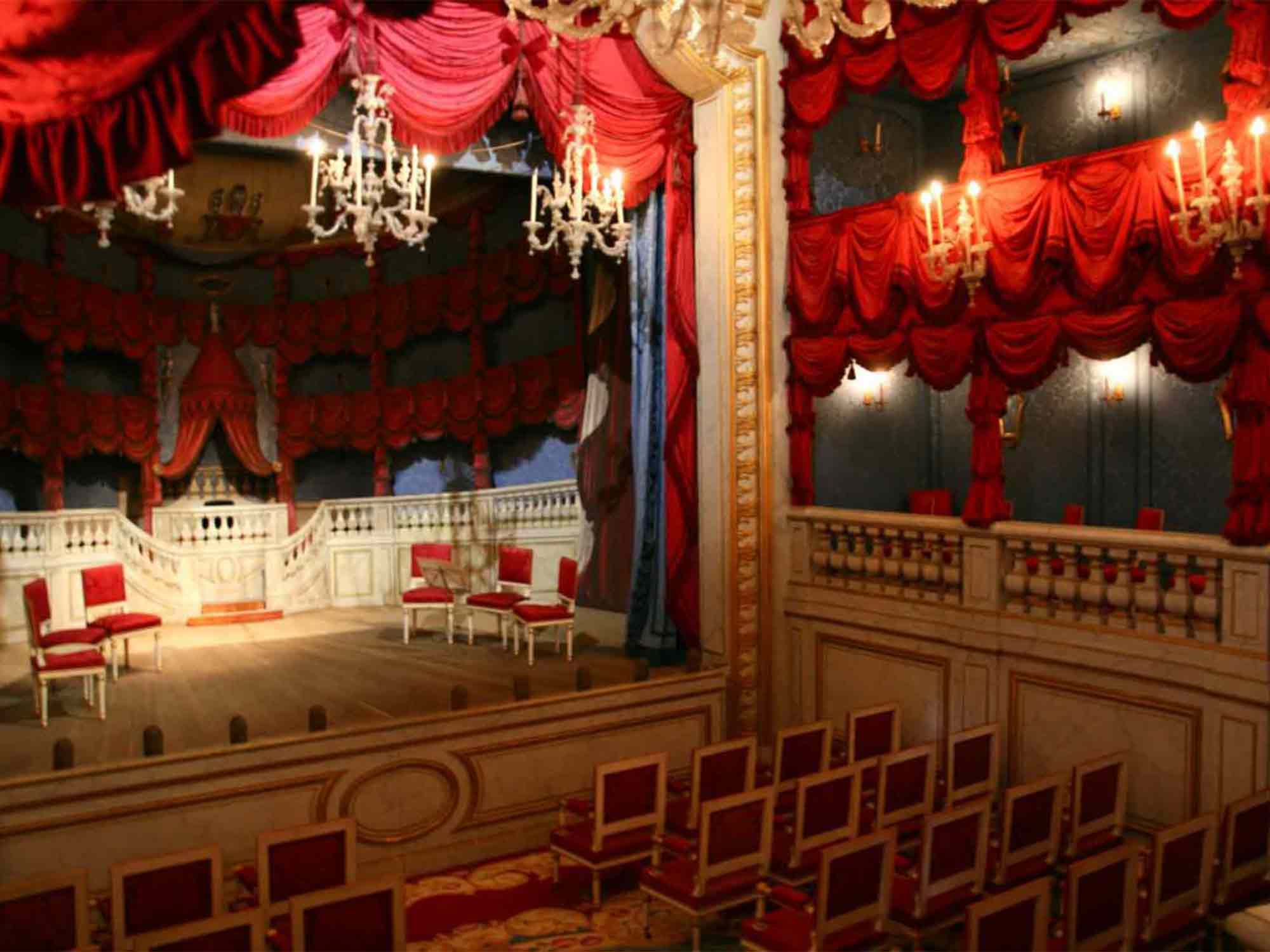
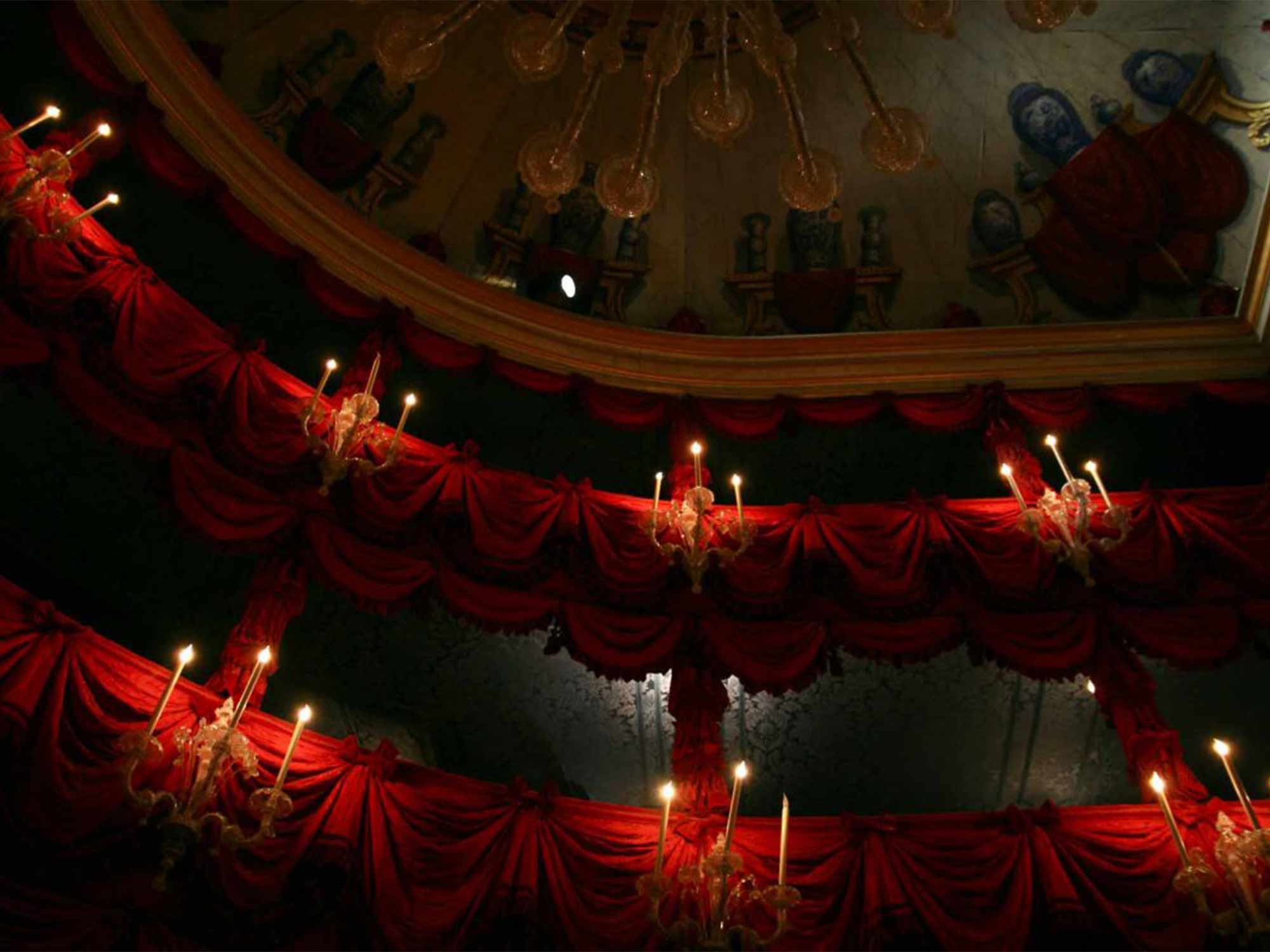
When issuing invitations to the opening of the theatre in 1957, Bestegui attached a sample of the fabric used to each invitation, so that the women would be able to coordinate their dress.
« I am as anachronistic as if I were walking up the Champs-Élysées in medieval armor. » Charles de Beistegui
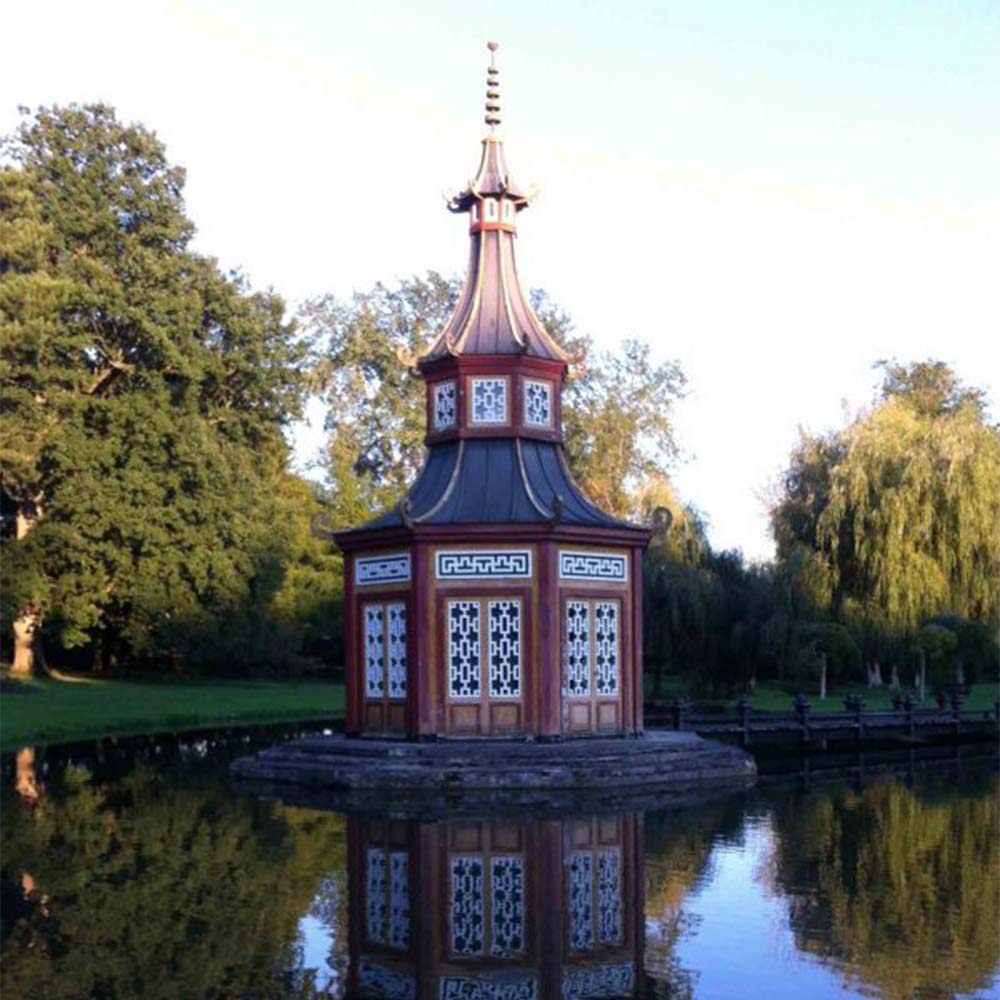
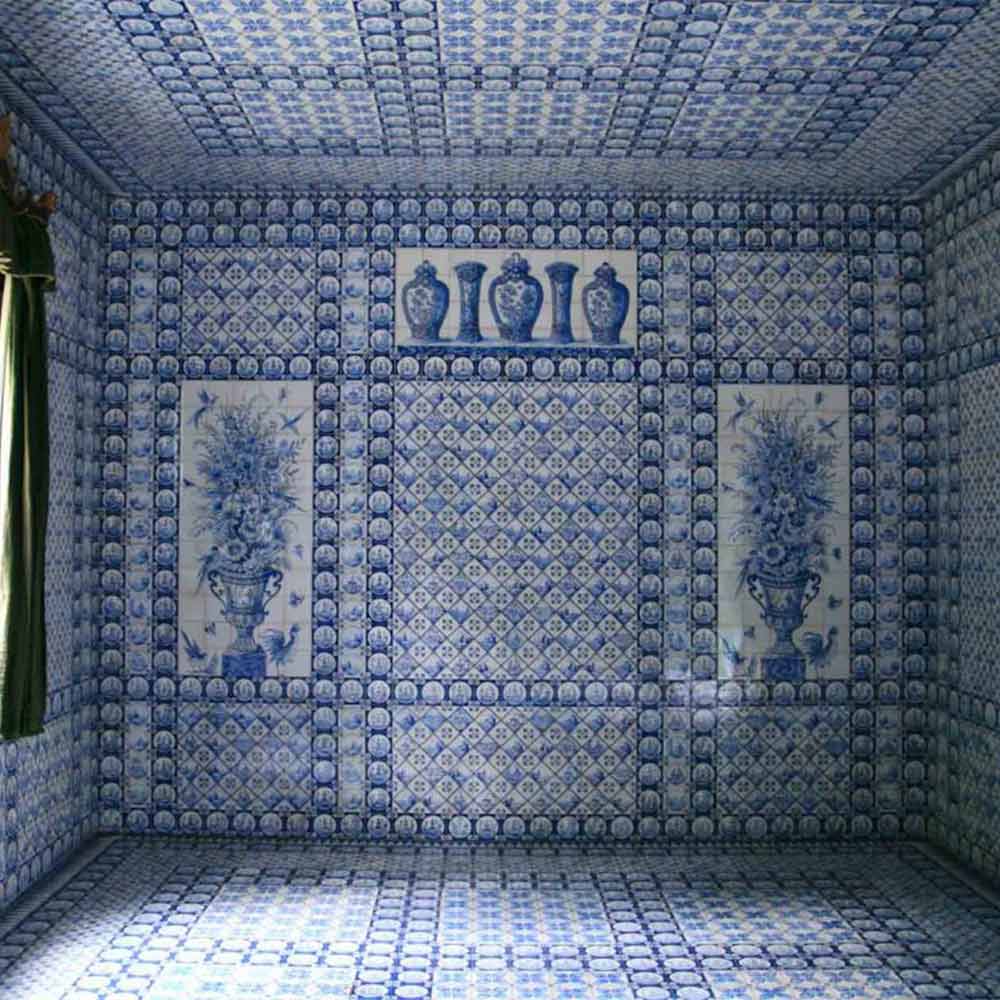
The Tartar Tent, built in 1960 and made of painted metal and Delft tiles, was inspired by that of King Gustav III of Sweden.
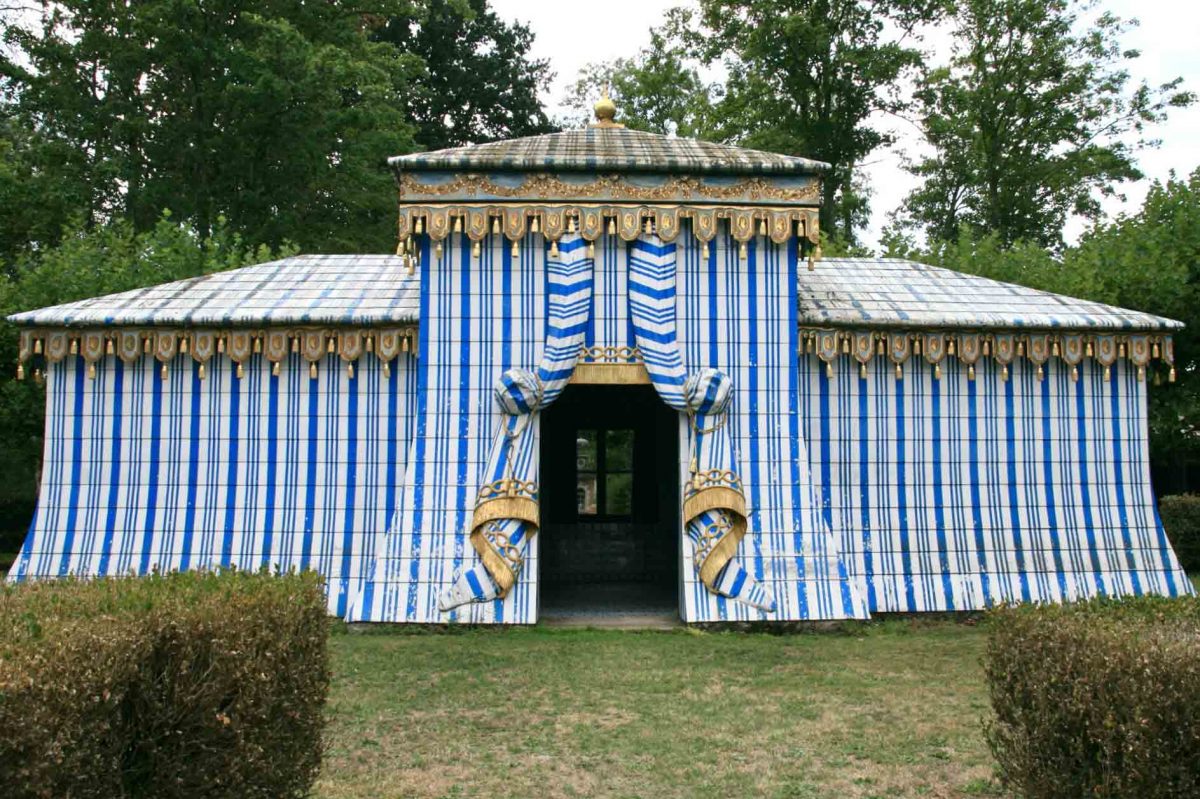
The château de Groussay can still be visited by appointment, although unfortunately the interiors did not survive the death of Charles de Beistegui, and were sold at auction in 1999.
Shop the look

The Château Of Groussay By Charles De Beistegui
Art collector and interior decorator Charles de Beistegui was one of the most flamboyant characters of mid-20th-century Europe. His masked ball at the Palazzo Labia in Venice in 1951 is still described as “the party of the century”.

Born into a Basque family which emigrated to Mexico and made their fortune with silver mines, Charles de Bestegui studied in England and then left to travel the world for several years.
Beistegui commissioned Le Corbusier to design his apartment on the Champs-Elysées but his interest in modernism was short-lived, and his fascination with the neoclassical and the baroque made him look for a larger house, where he would be able to exploit all his ideas. In 1938, he bought the château de Groussay, in Montfort l’Amaury, near Paris.

Charles de Beistegui embarked upon a radical transformation of Groussay, adding two wings, a theatre and a ballroom. He dedicated his life and his fortune to decorating it, and he decorated for maximum effect. He approached decoration as on a movie set: what mattered most of all was the result, regardless of the means. He commissioned the best trompe l’oeil artists and would have a simple concrete staircase painted in a perfect imitation of wood, or a concrete floor painted in a perfect imitation of marble. Even the cracks in the walls were paint effects…

« His imagination is so fertile that his imitators can never follow him, let alone guess what he will make fashionable tomorrow. » Cecil Beaton
One of Bestegui’s first transformations was the library. He created the double-height bookcase by removing part of the upper floor. The two spiral staircases in mahogany wood were inspired by those found in English or Scottish castles. The books were chosen first and foremost for the quality of their leather or the colour of their covers. The walls were lined with paintings.

Charles de Bestegui hated what he considered conventional bourgeois taste. He wasn’t afraid of taking risks, and following his own idiosyncratic taste, selecting objects not for their practical use but for their style.


groussay_0001
Connaissance des Arts, 1955
The theatre he created – with its Chinese vases, its box of honor, its large Venetian chandeliers and its carpet designed by the Manufacture de Madrid – is one of the most beautiful of its time. 400 metres of velvet and damask were used to cover the seats, all done by hand by a workshop in Neuilly.

When issuing invitations to the opening of the theatre in 1957, Bestegui attached a sample of the fabric used to each invitation, so that the women would be able to coordinate their dress.

Bestegui didn’t only work on the house, he was also created a large garden, through which he sprinkled his follies : a Chinesa Pagoda, an Egyptian pyramid, a Palladian bridge…
« I am as anachronistic as if I were walking up the Champs-Élysées in medieval armor. » Charles de Beistegui

A lake and an island were created specially to accommodate the Chinese pagoda, designed by Emilio Terry.

The Tartar Tent, built in 1960 and made of painted metal and Delft tiles, was inspired by that of King Gustav III of Sweden.

The château de Groussay can still be visited by appointment, although unfortunately the interiors did not survive the death of Charles de Beistegui, and were sold at auction in 1999.
Shop the look



